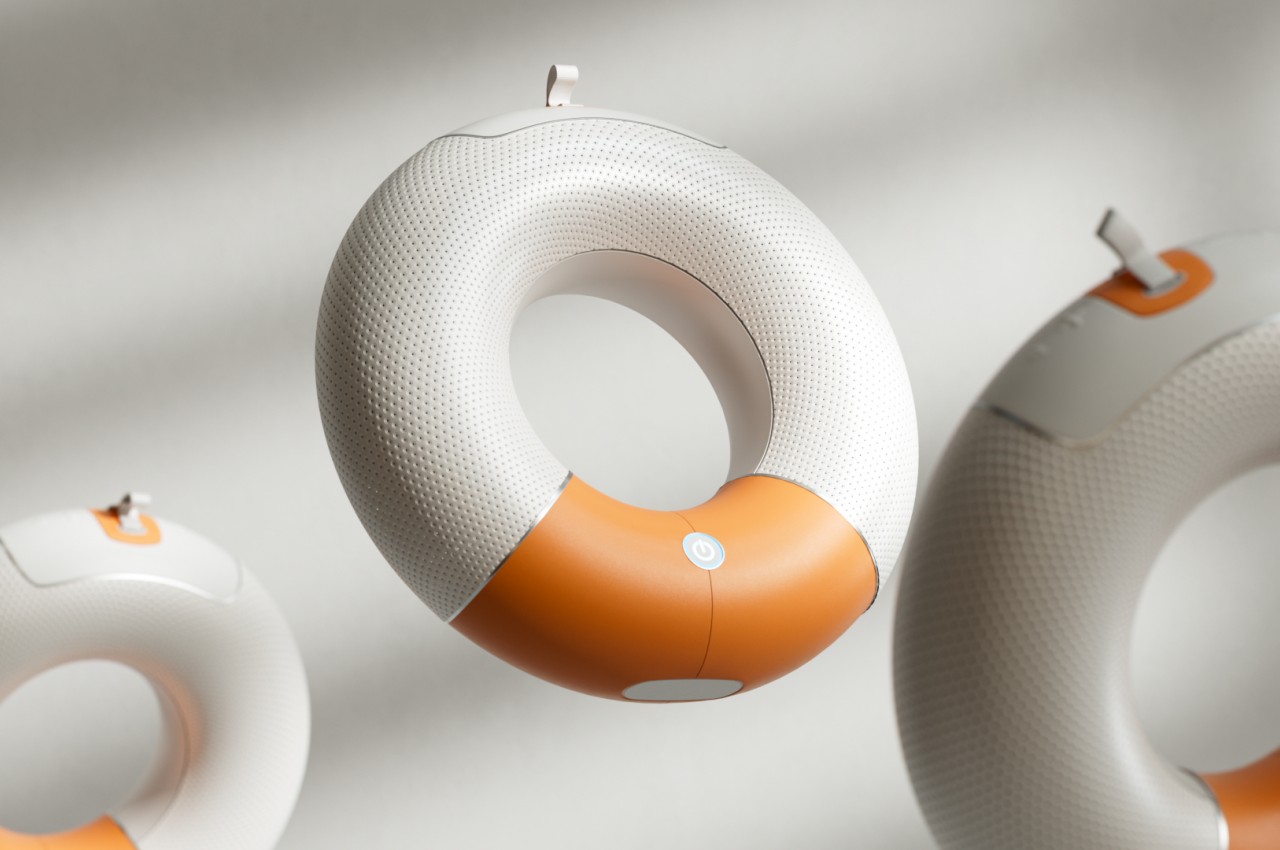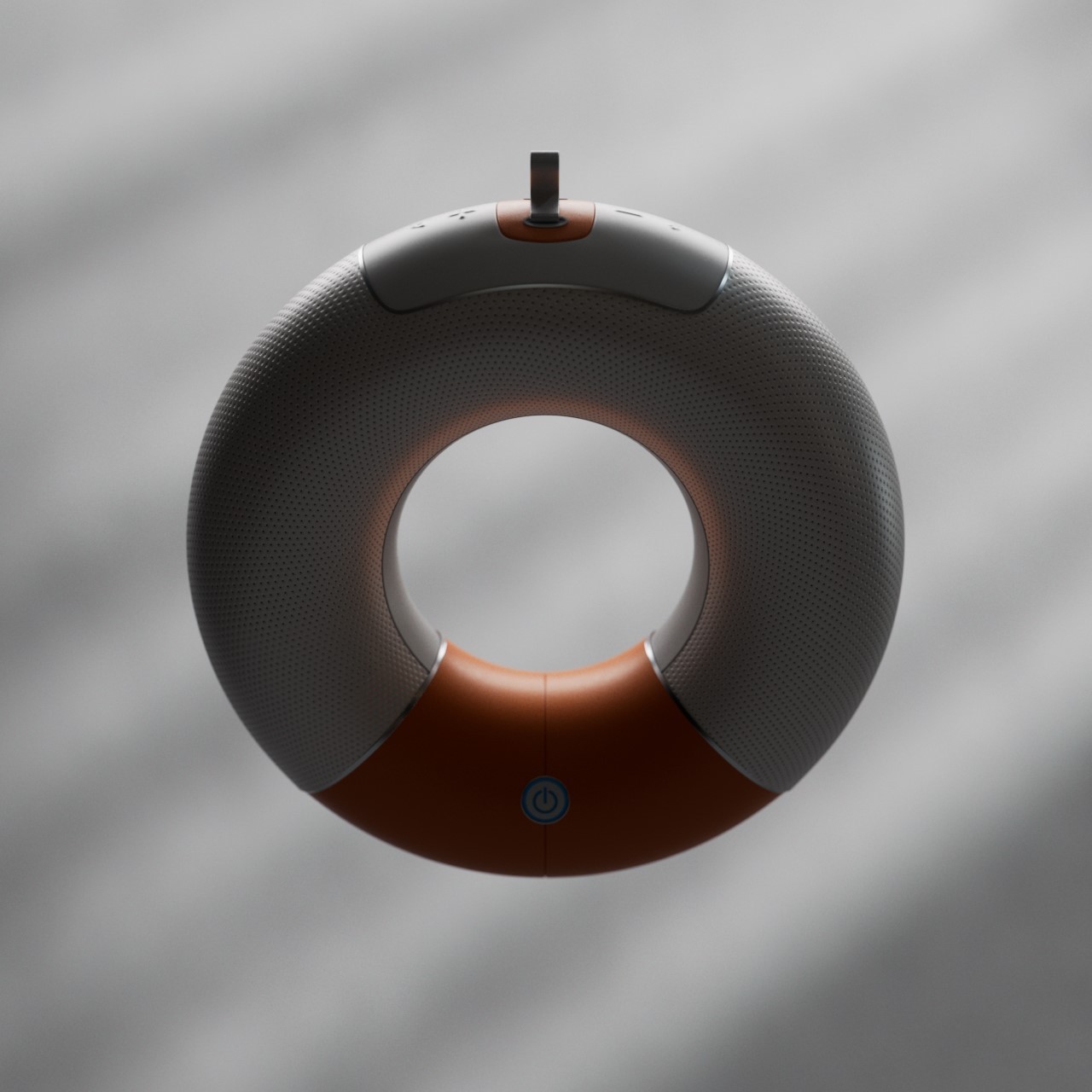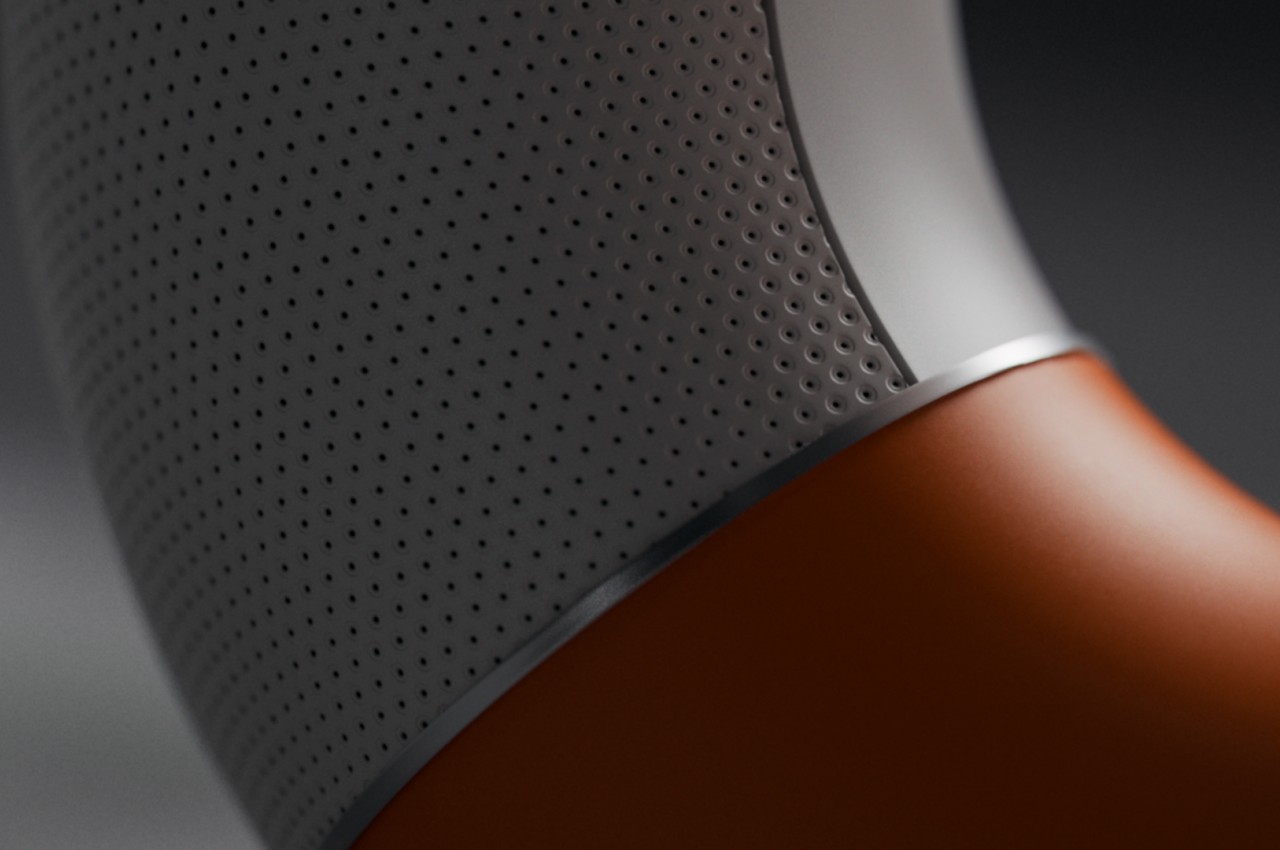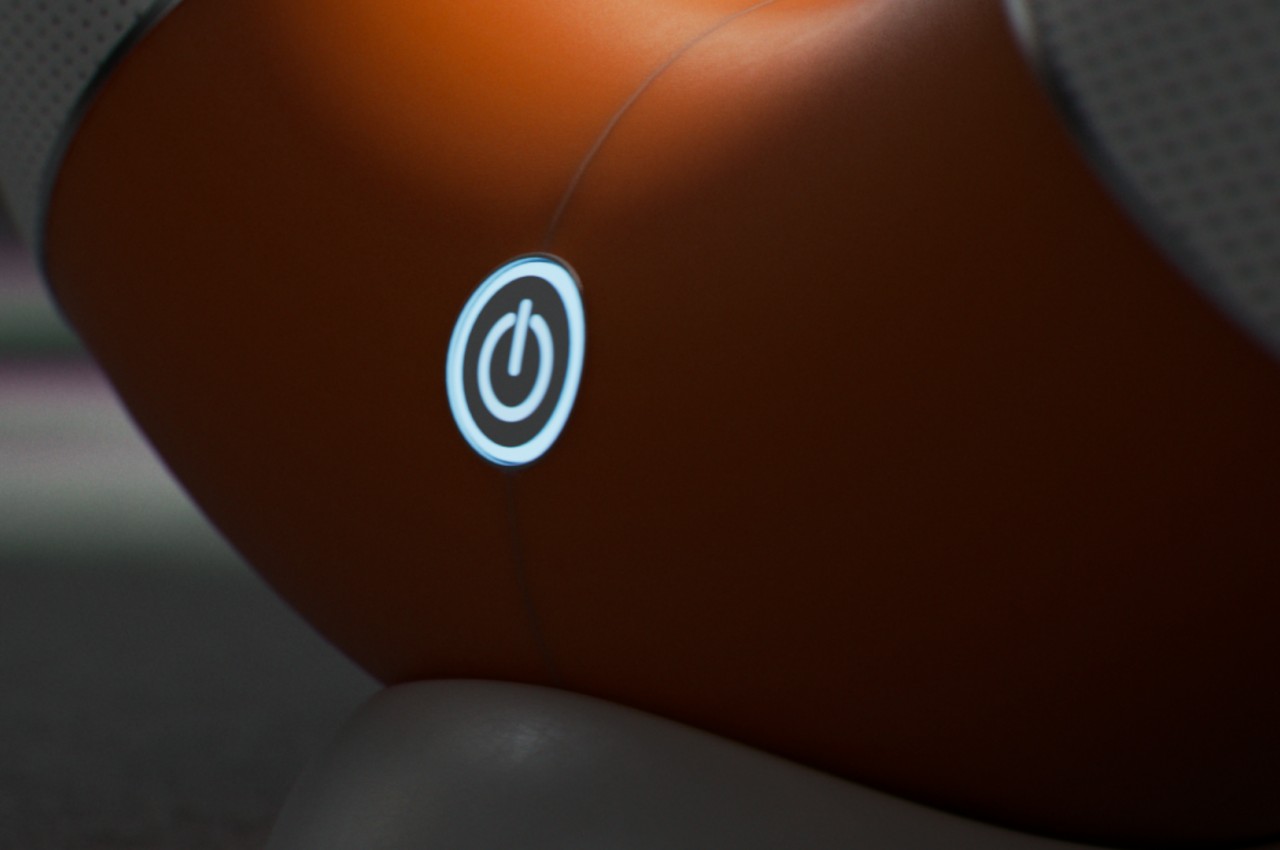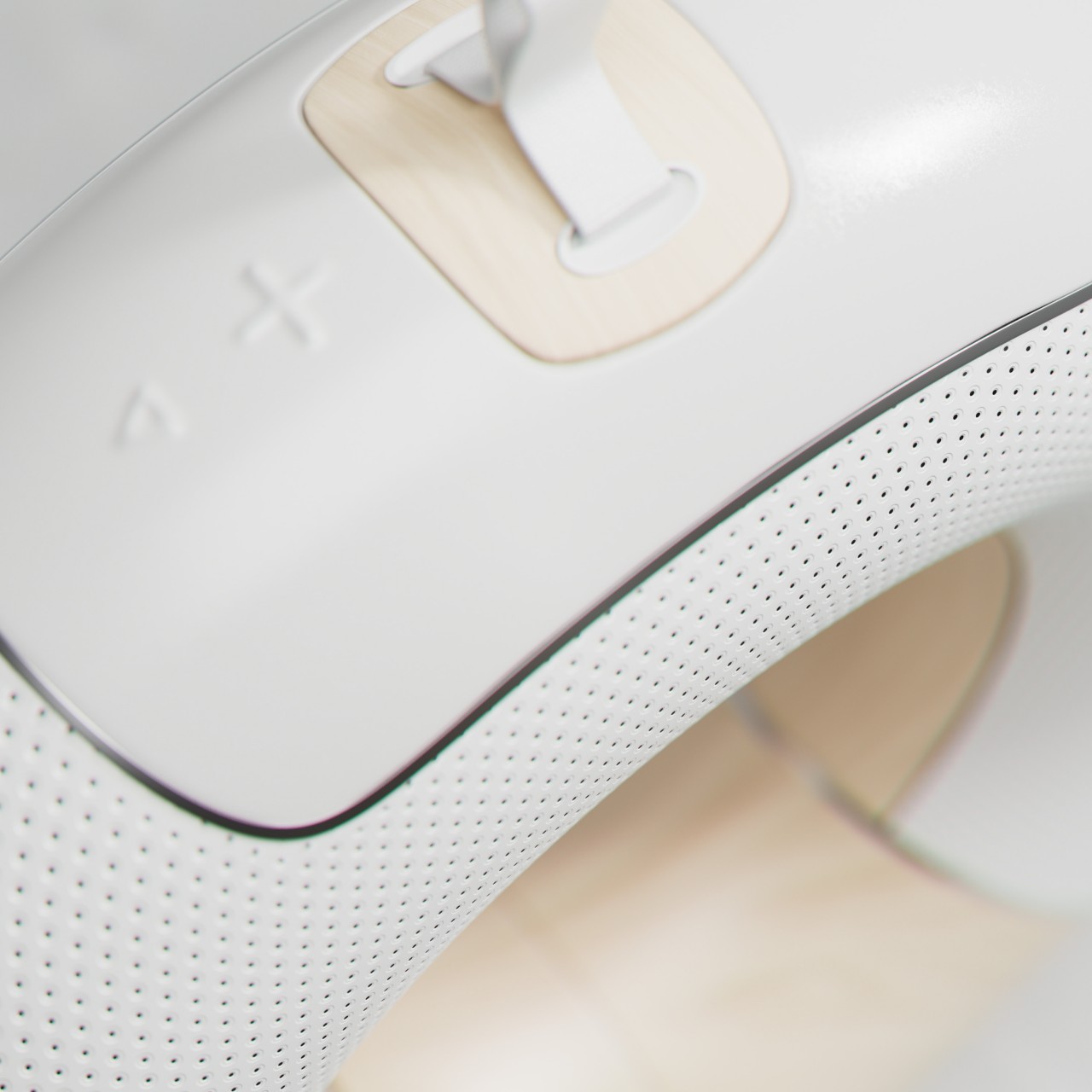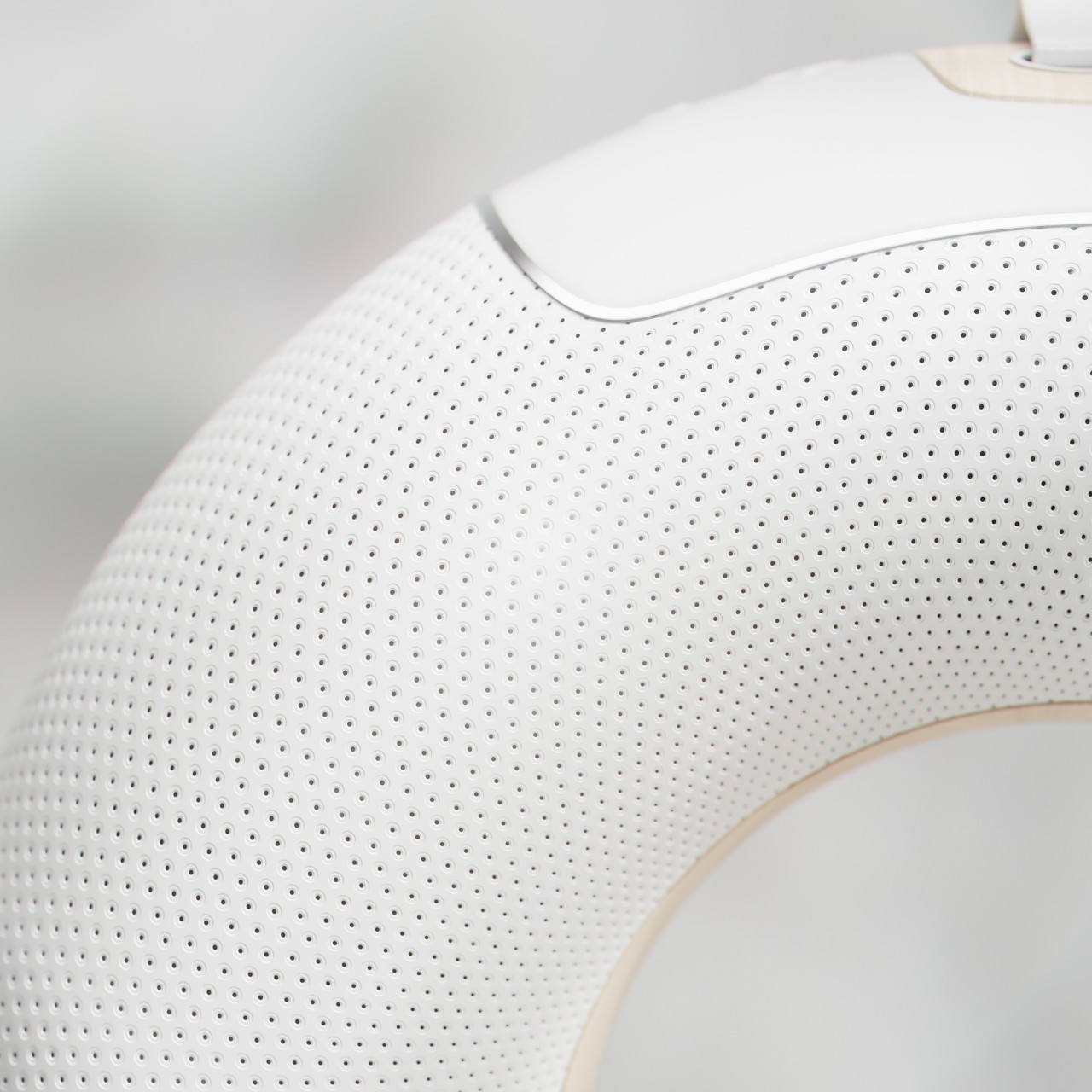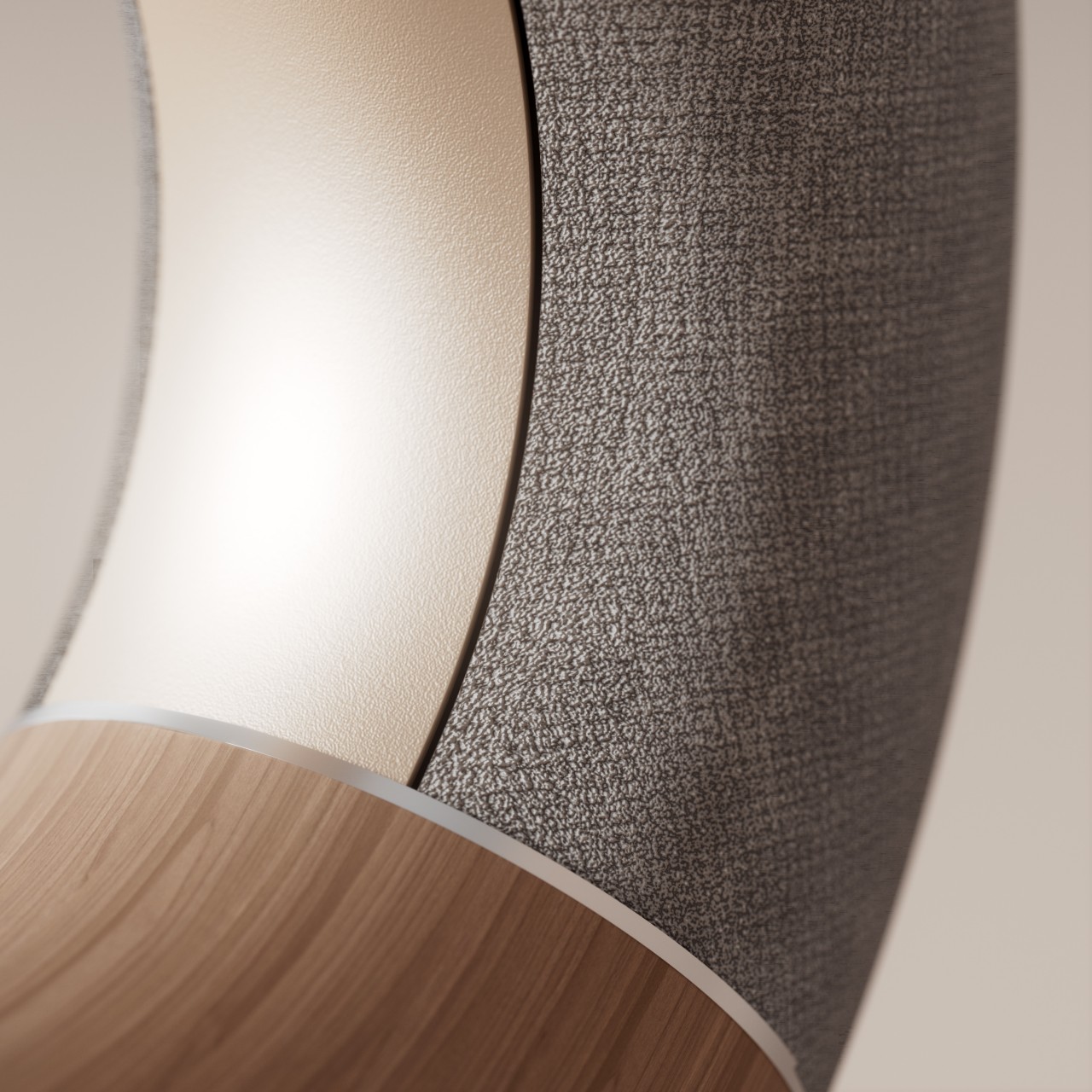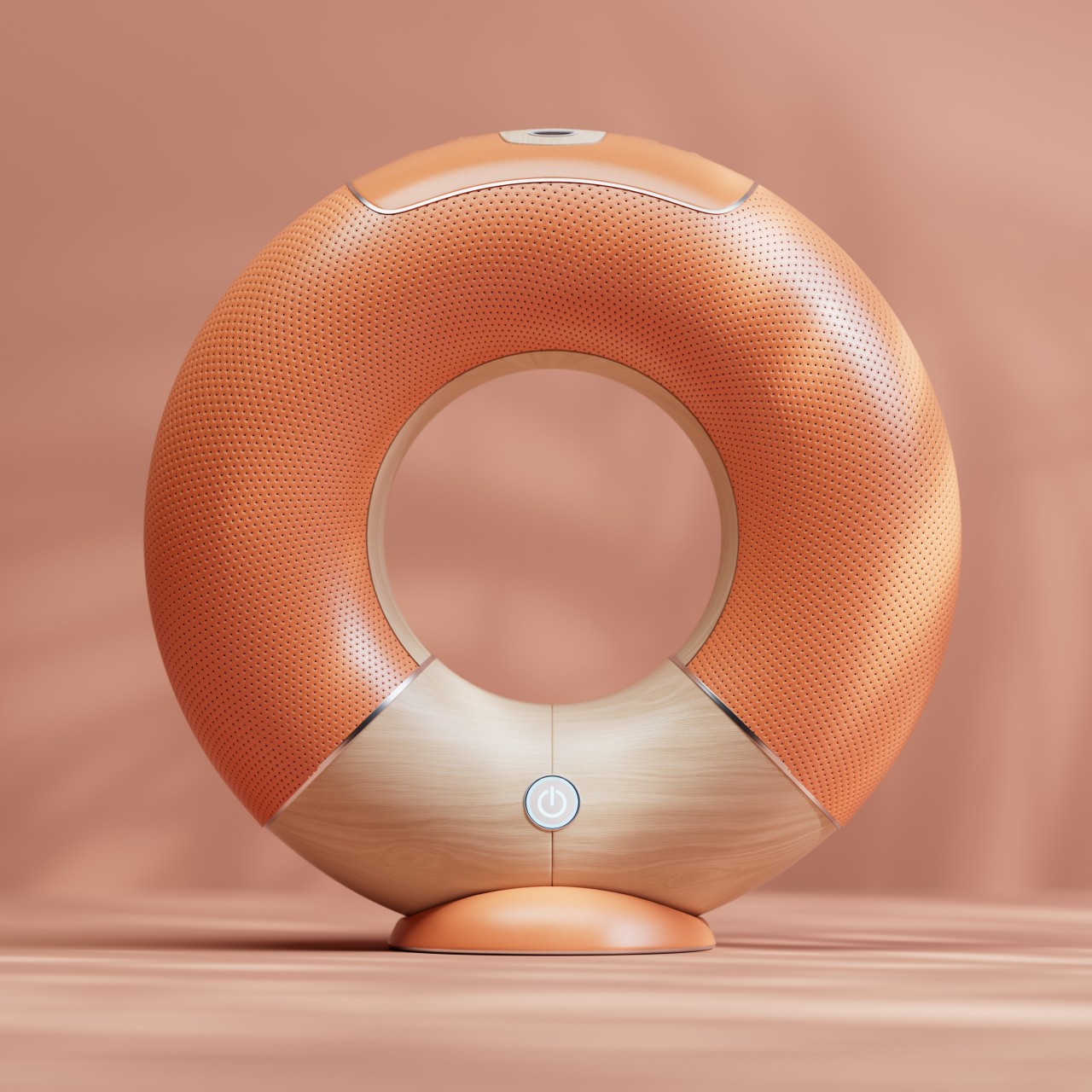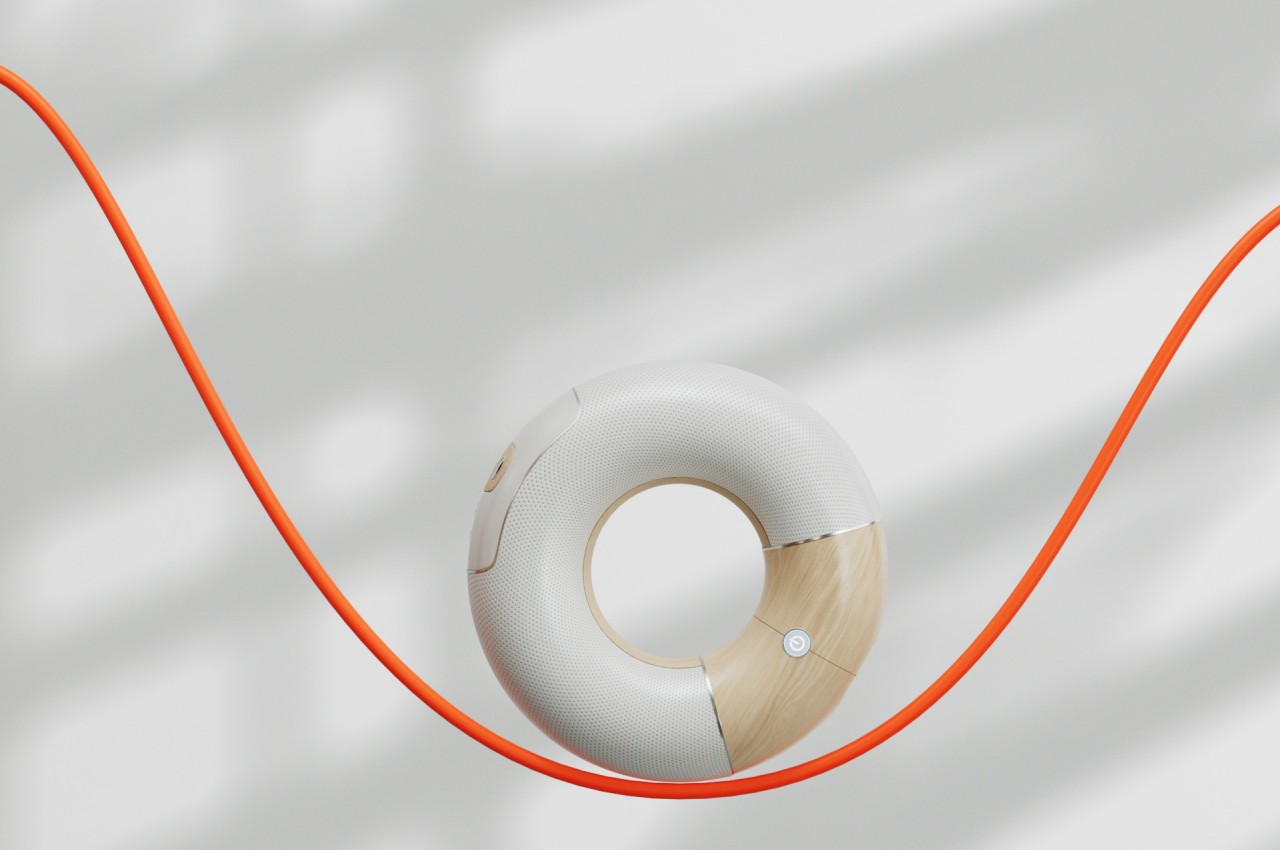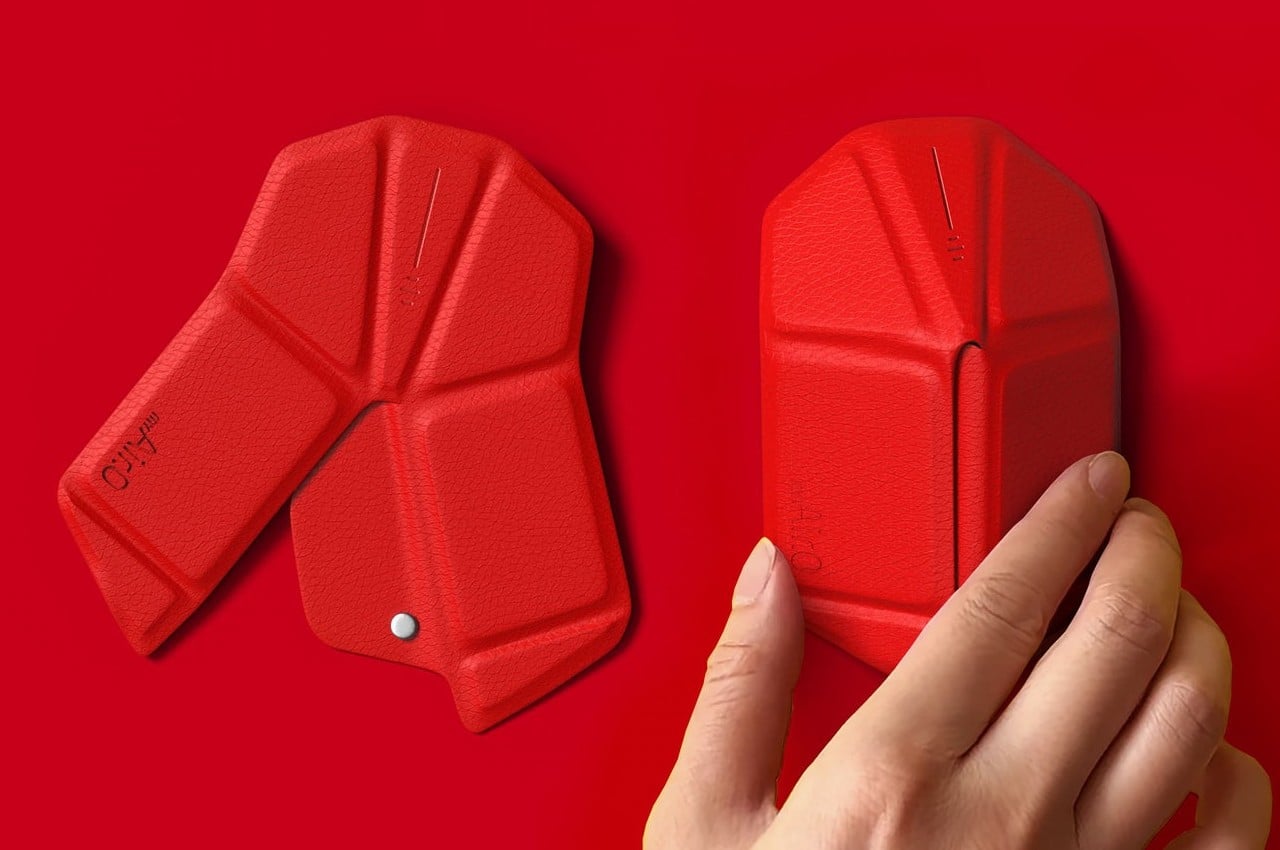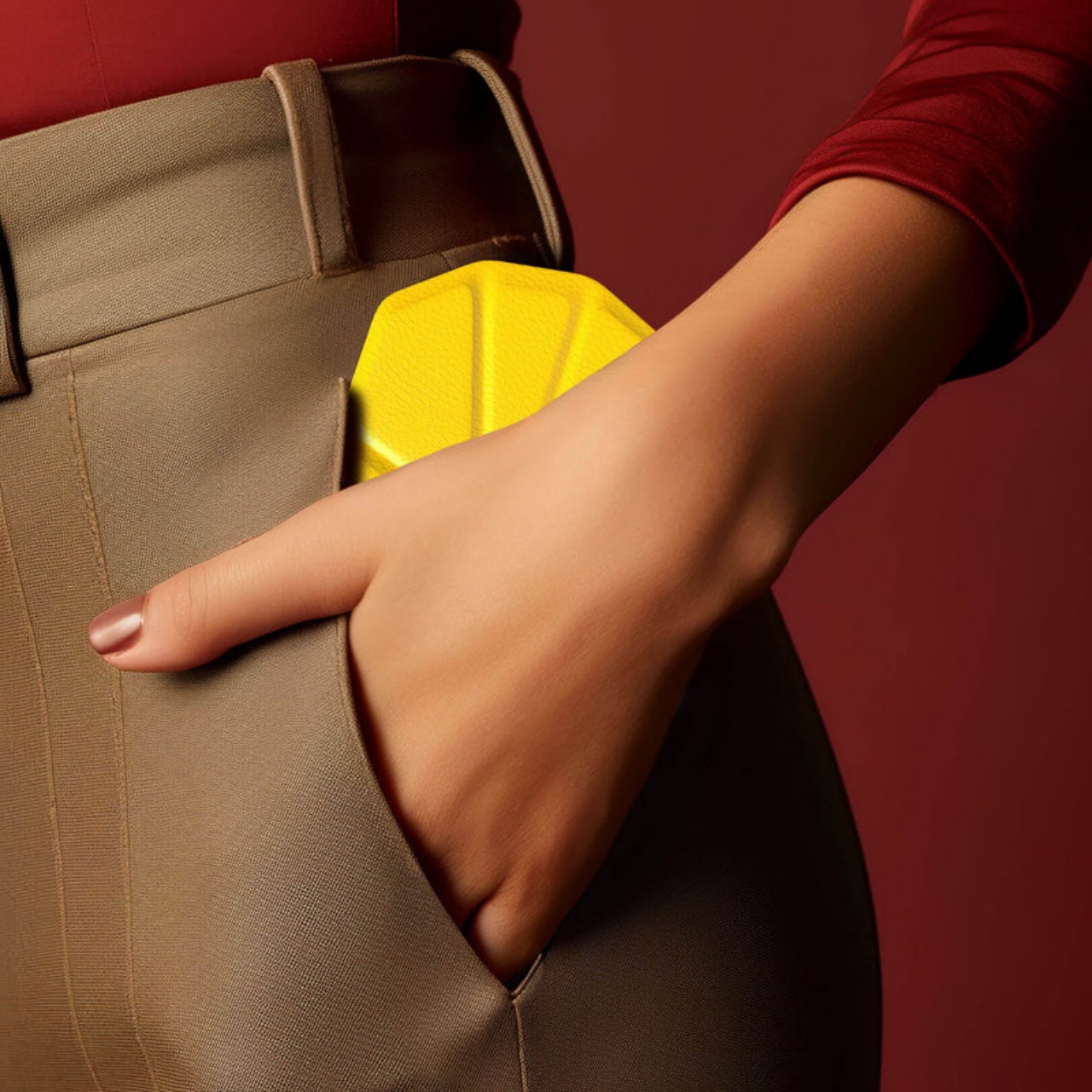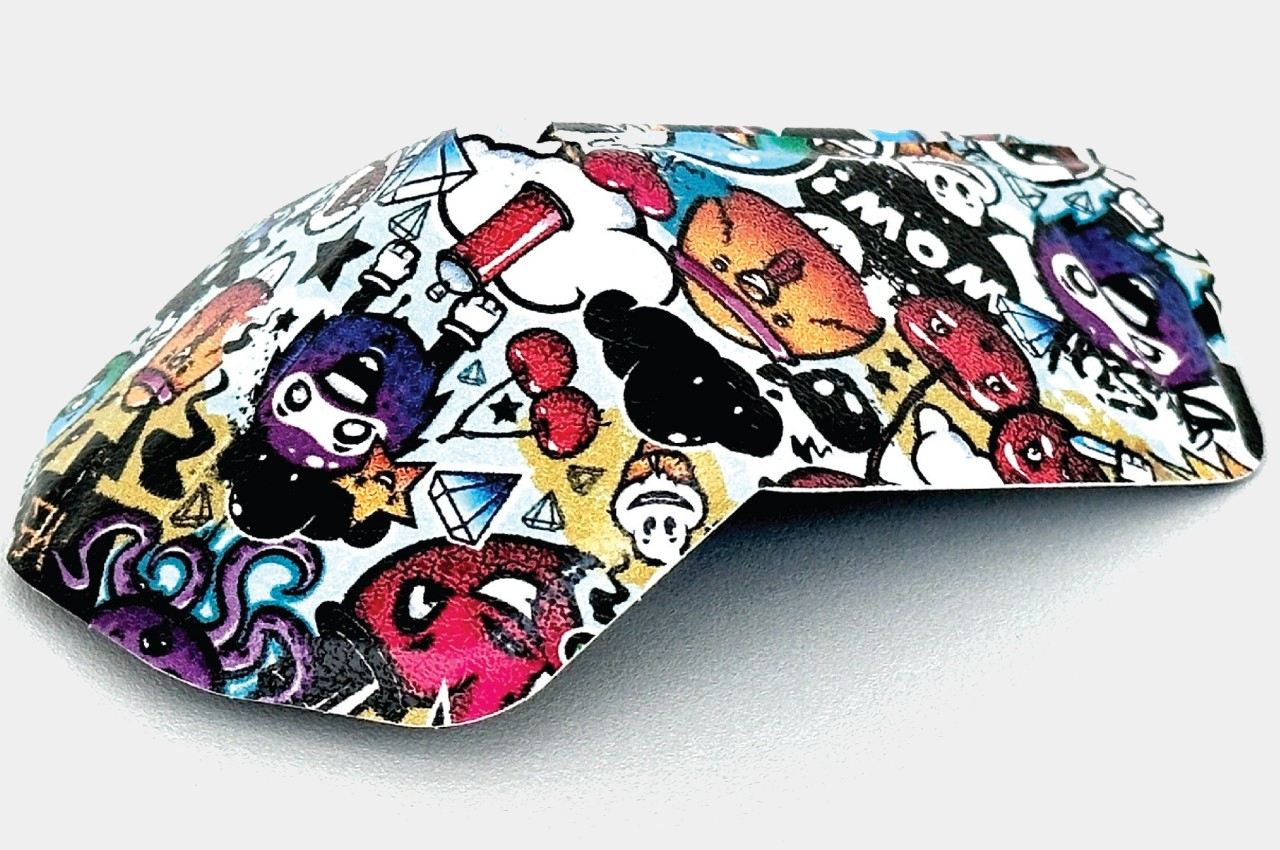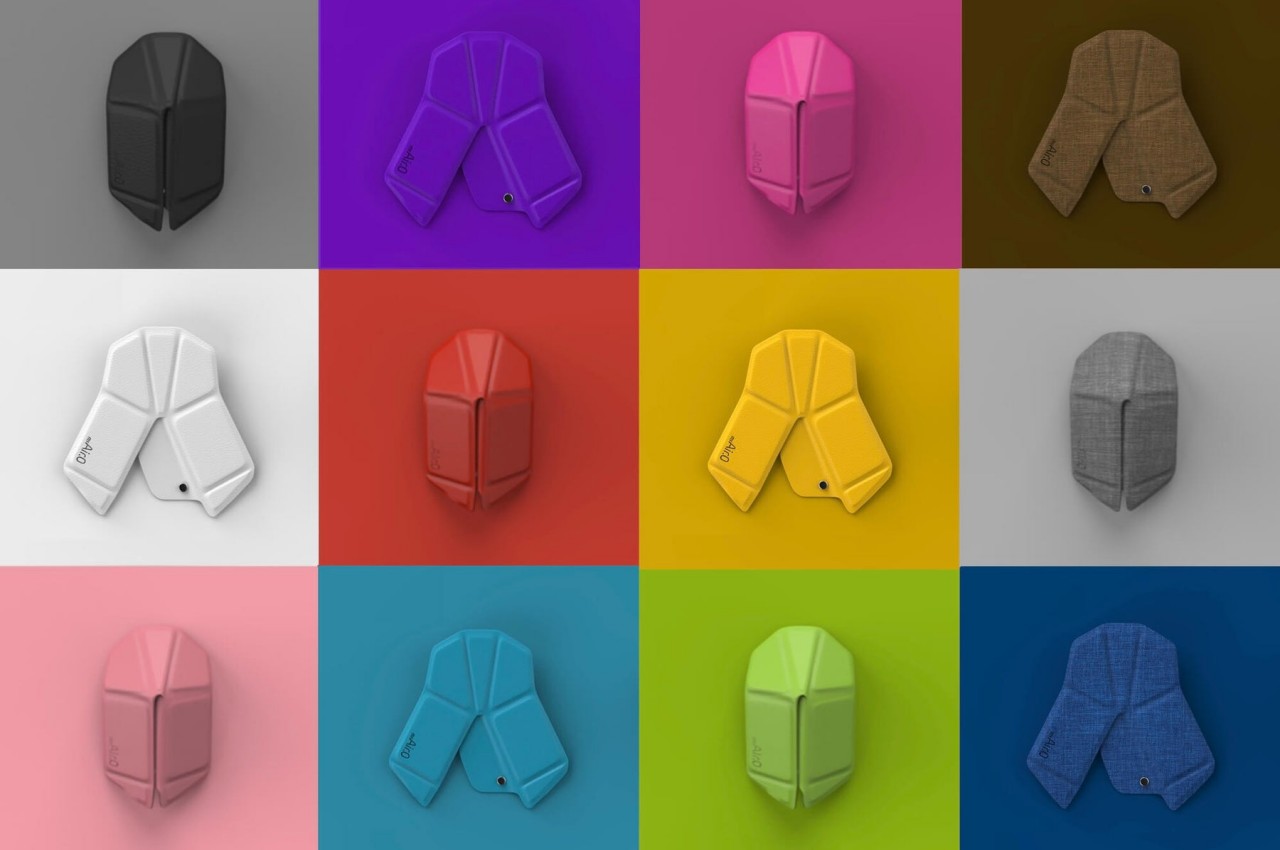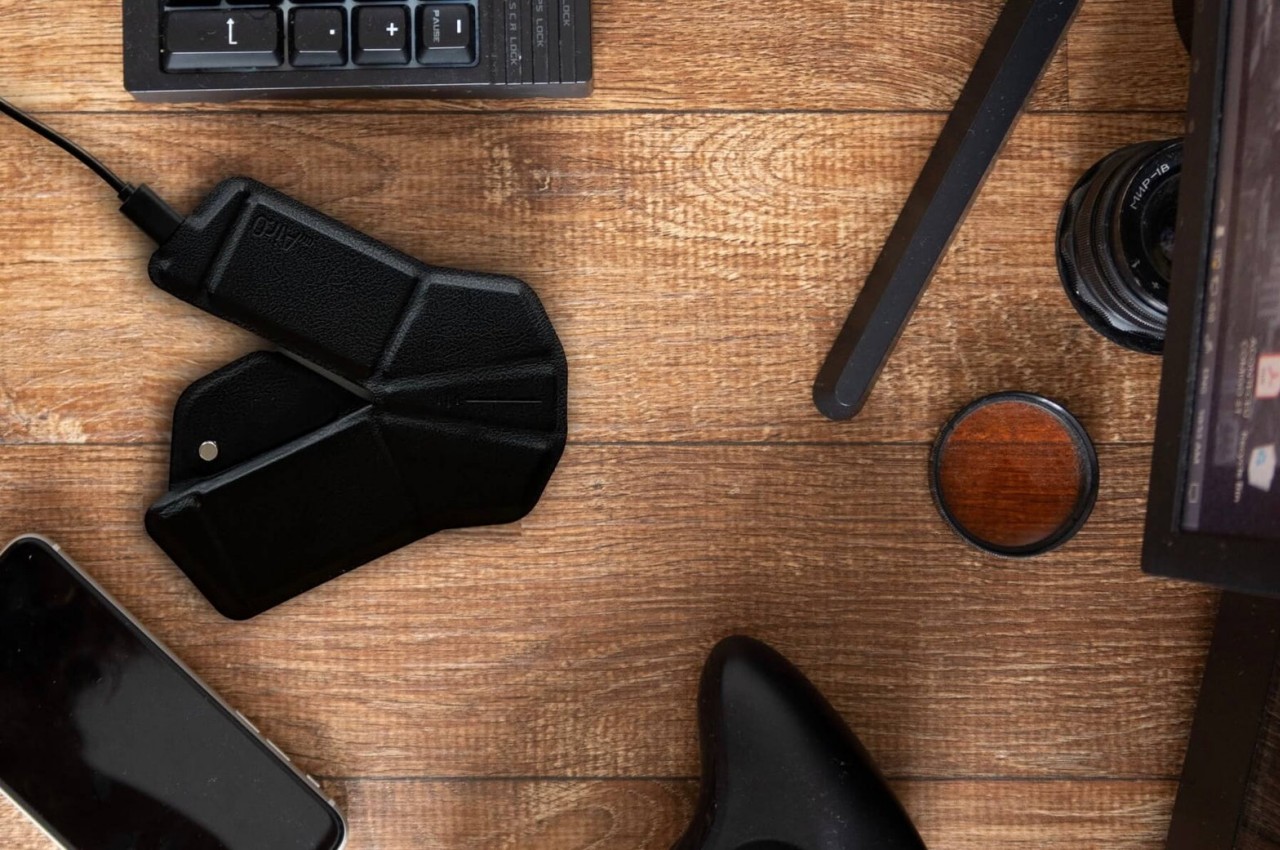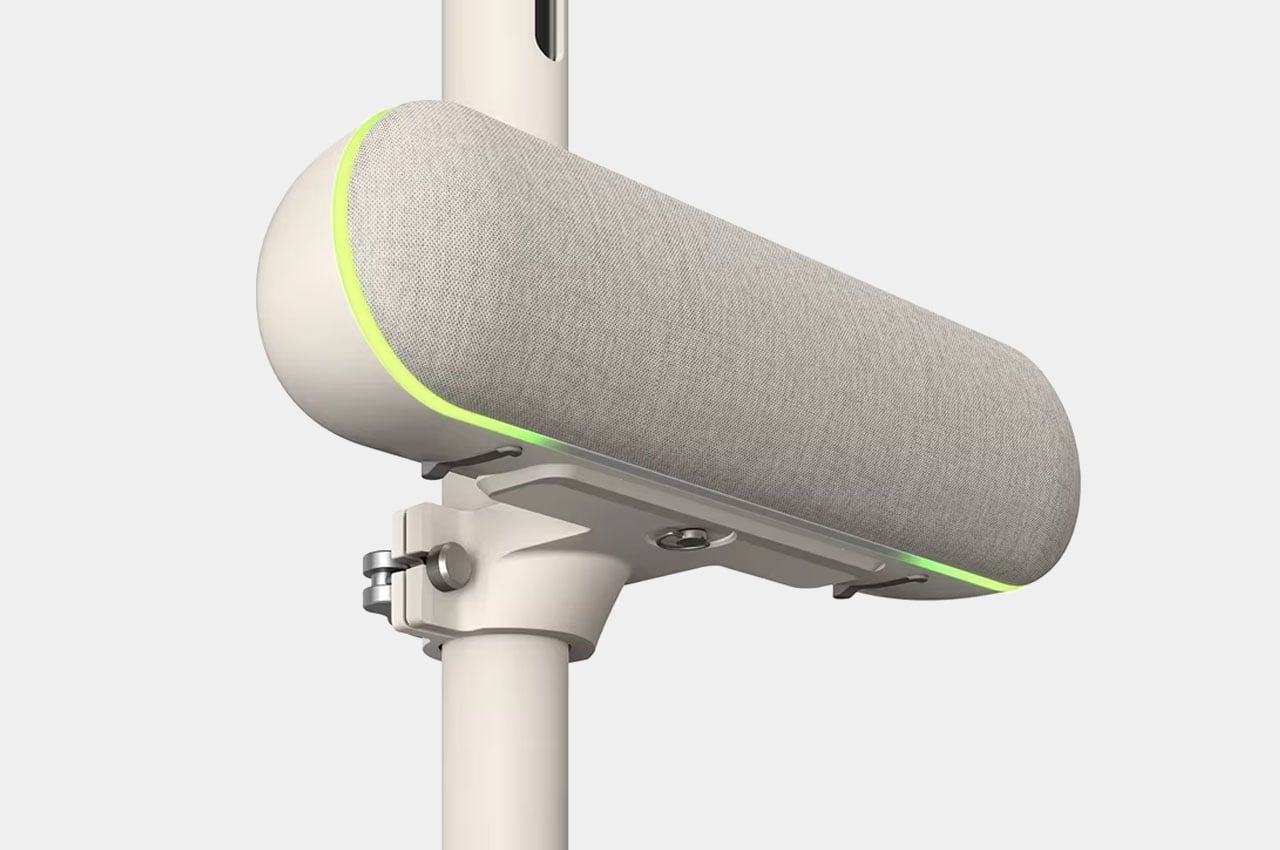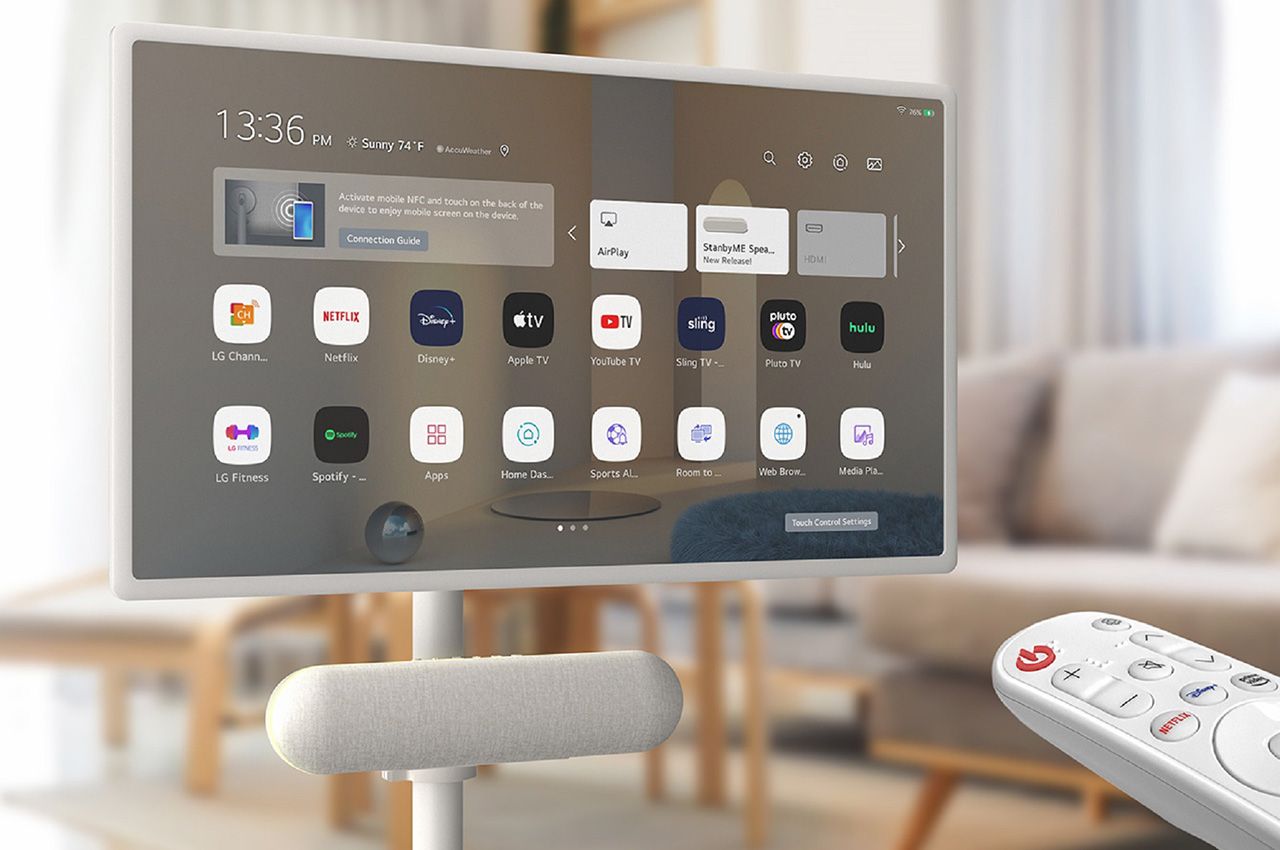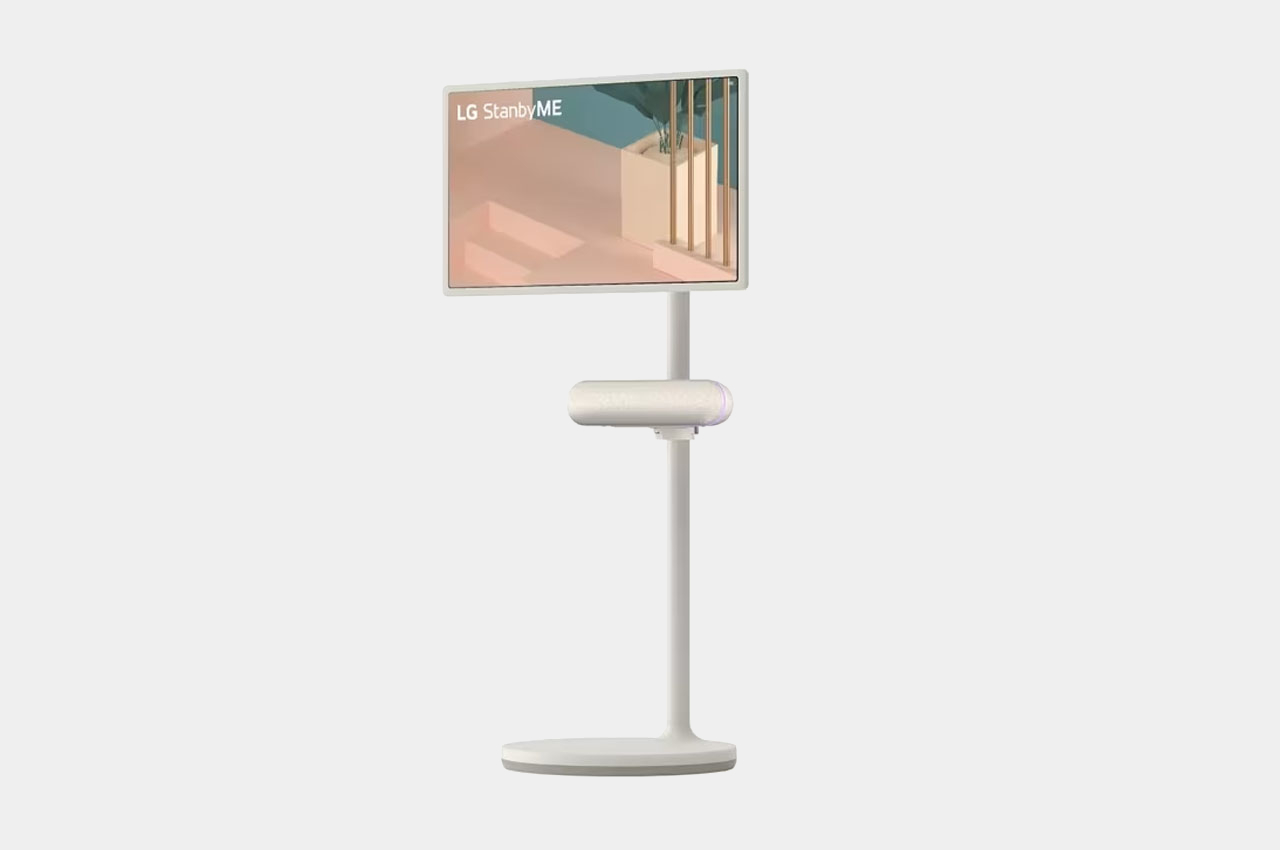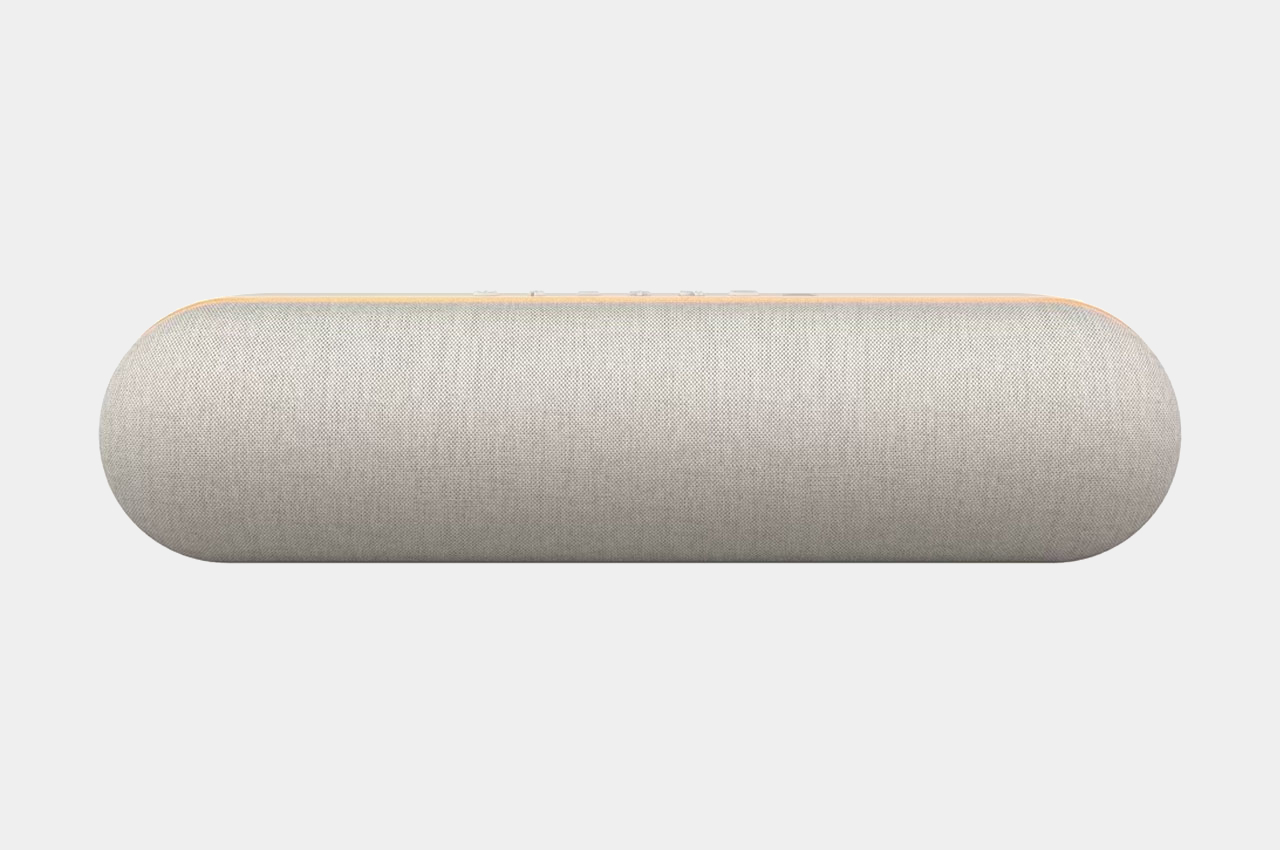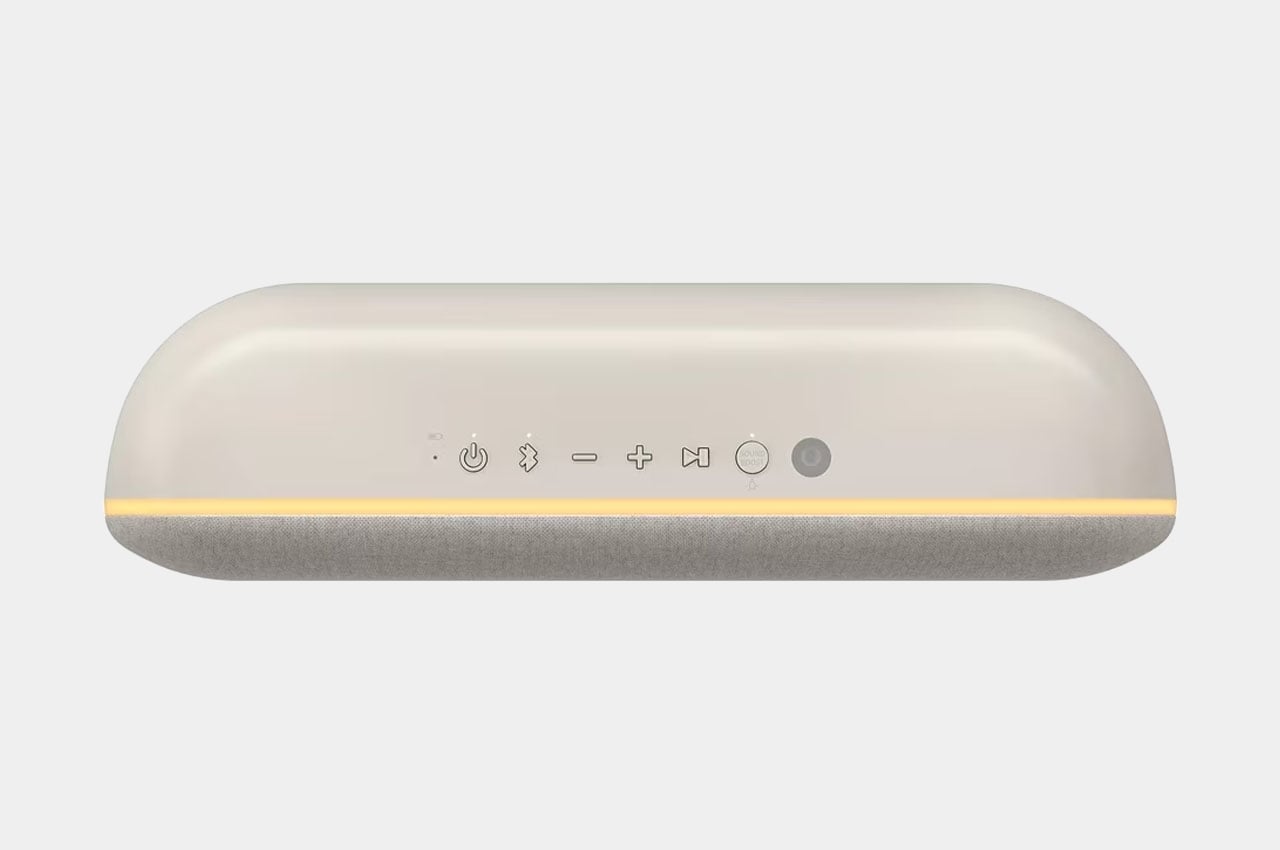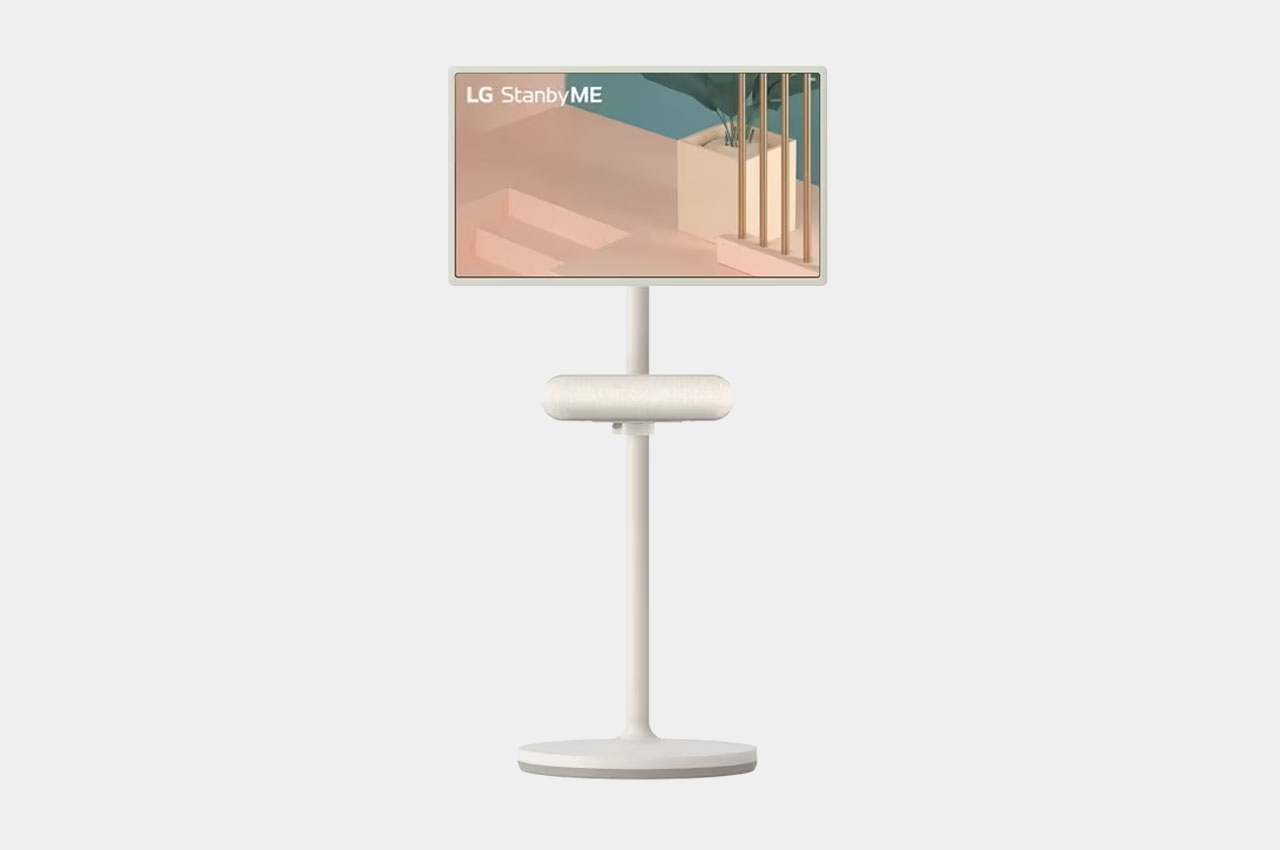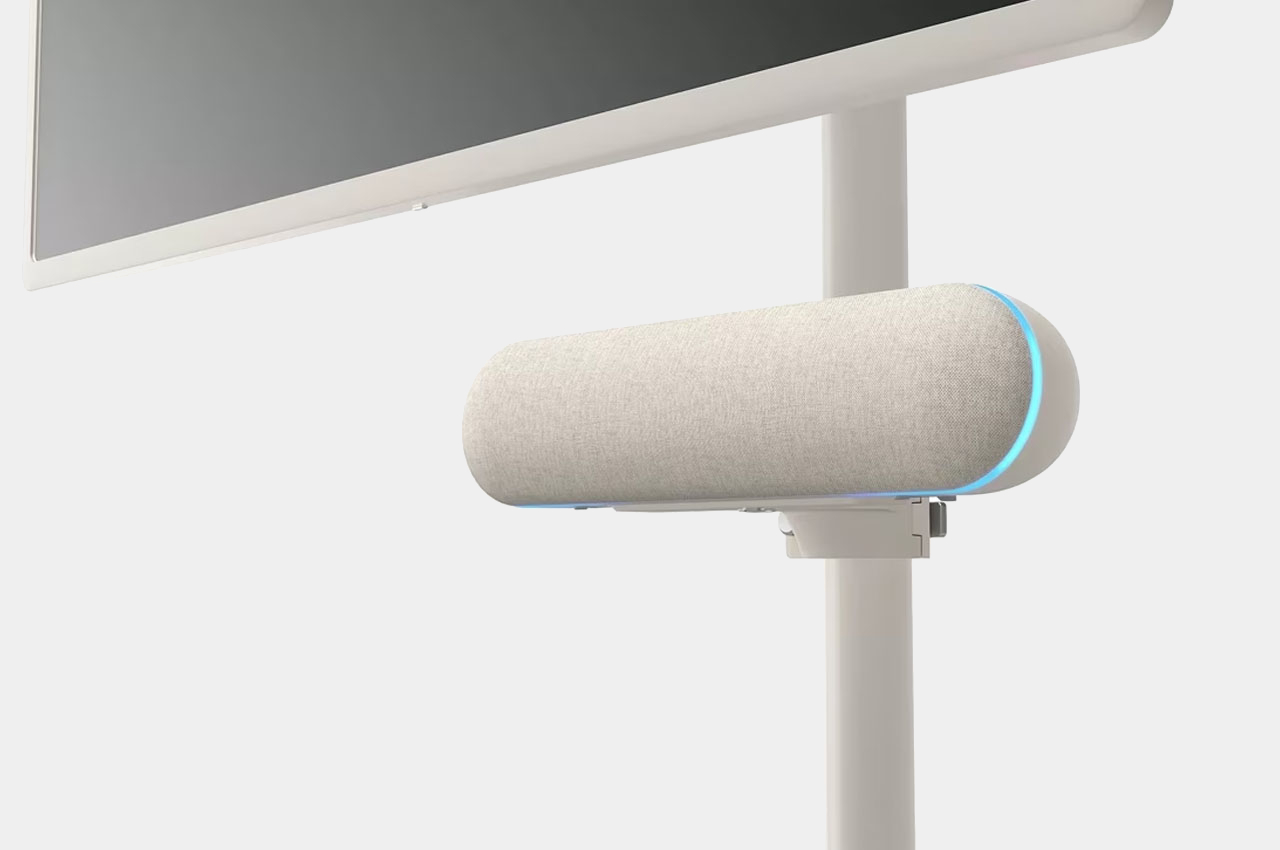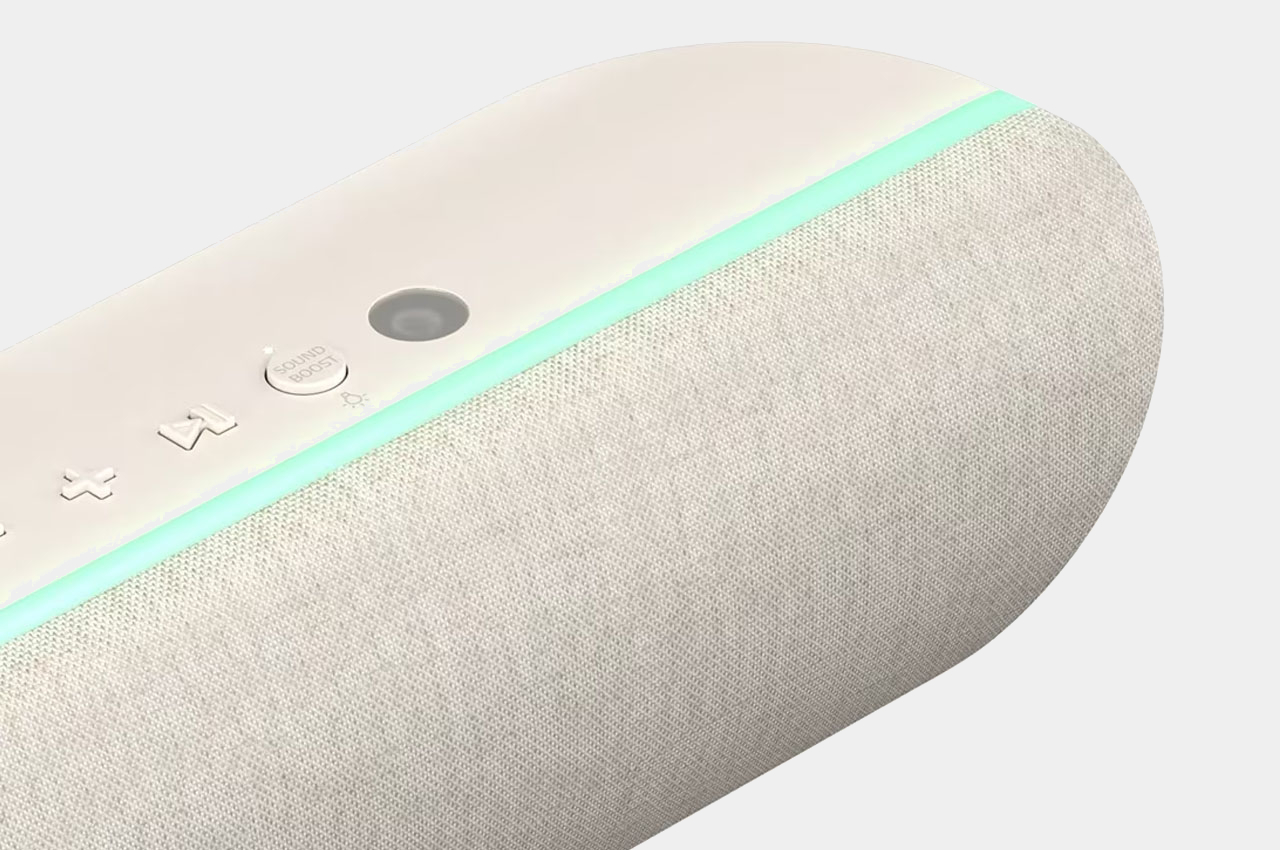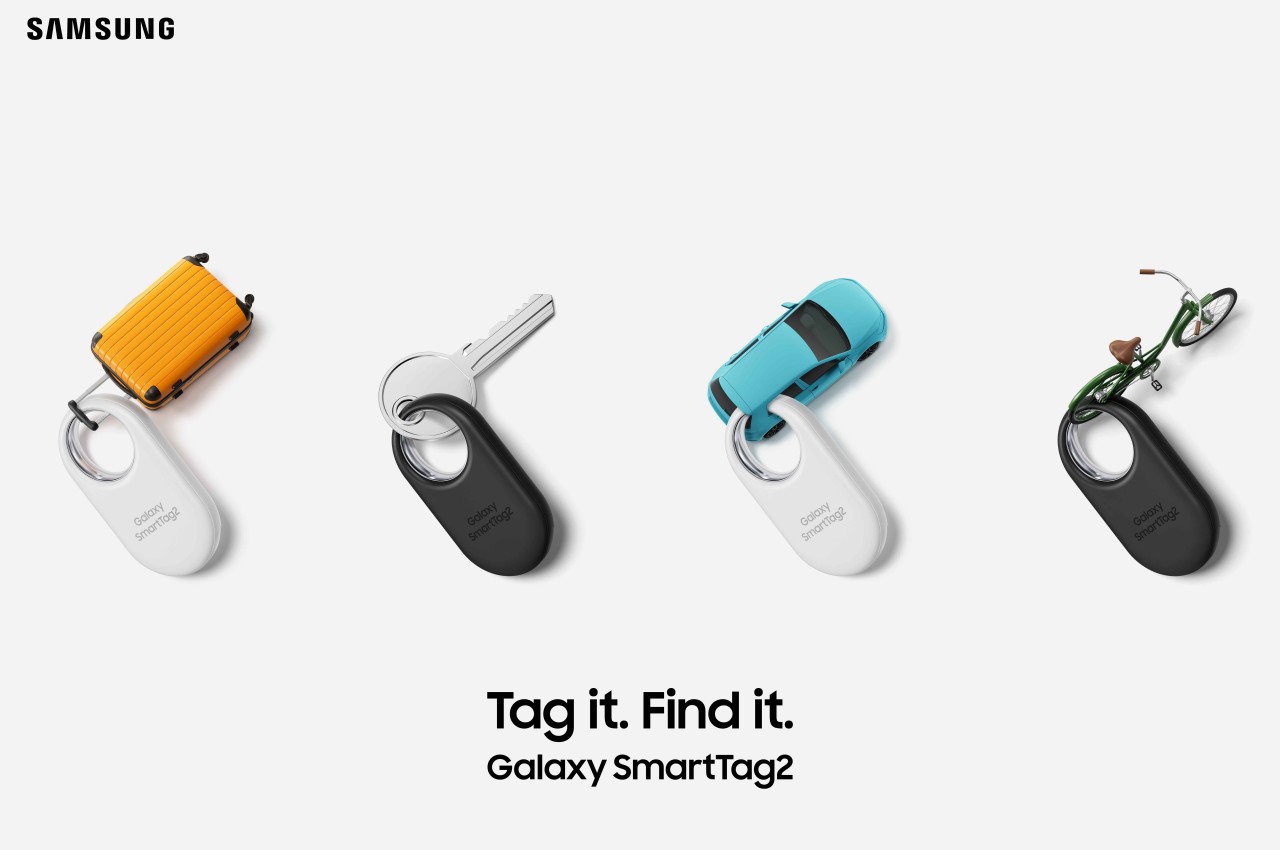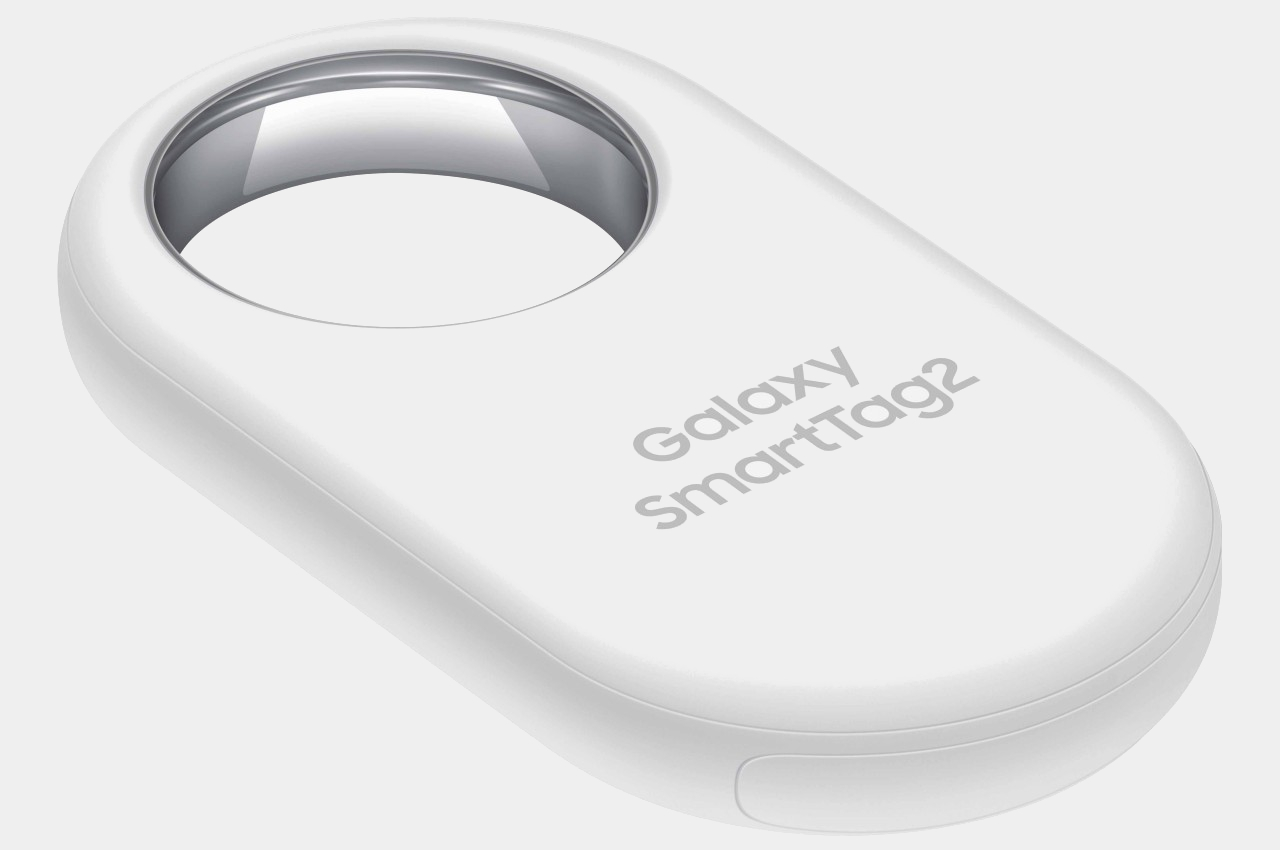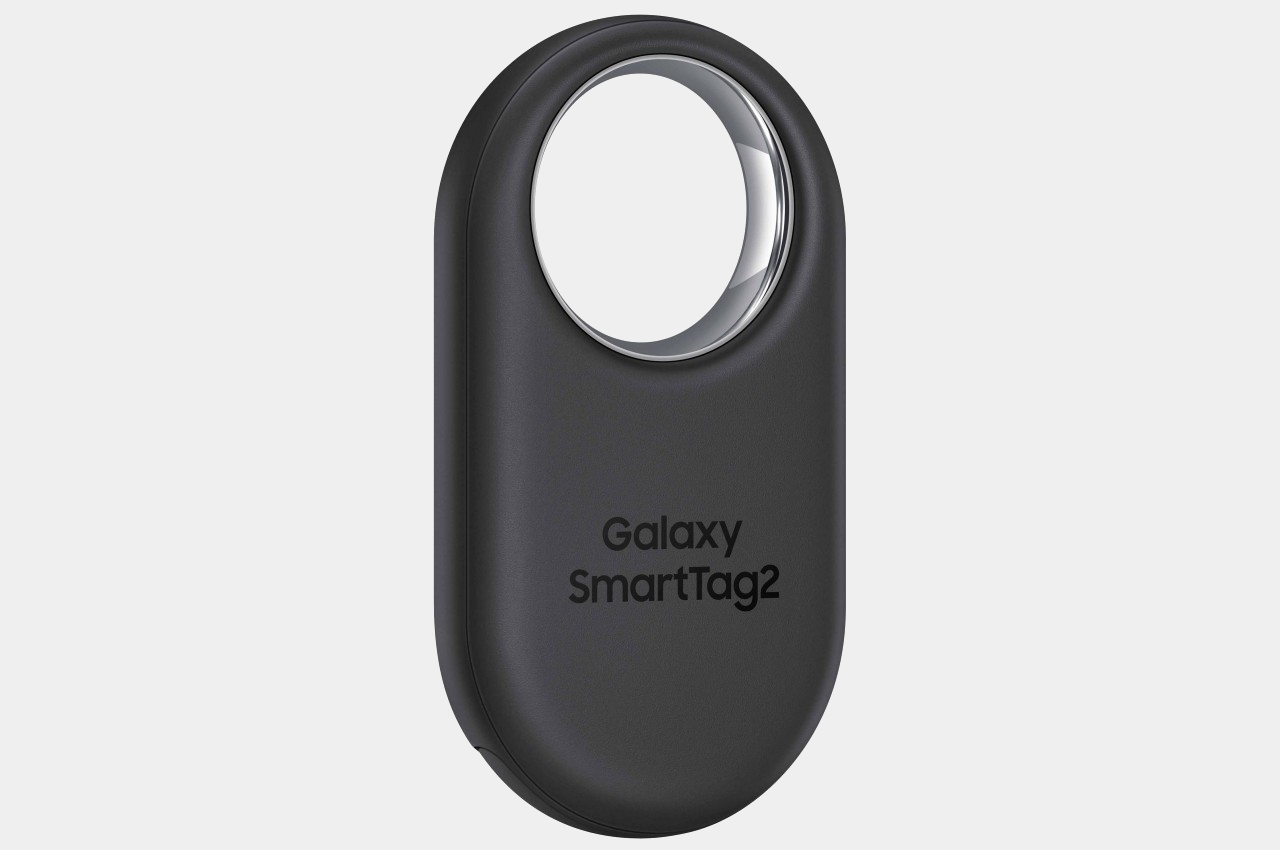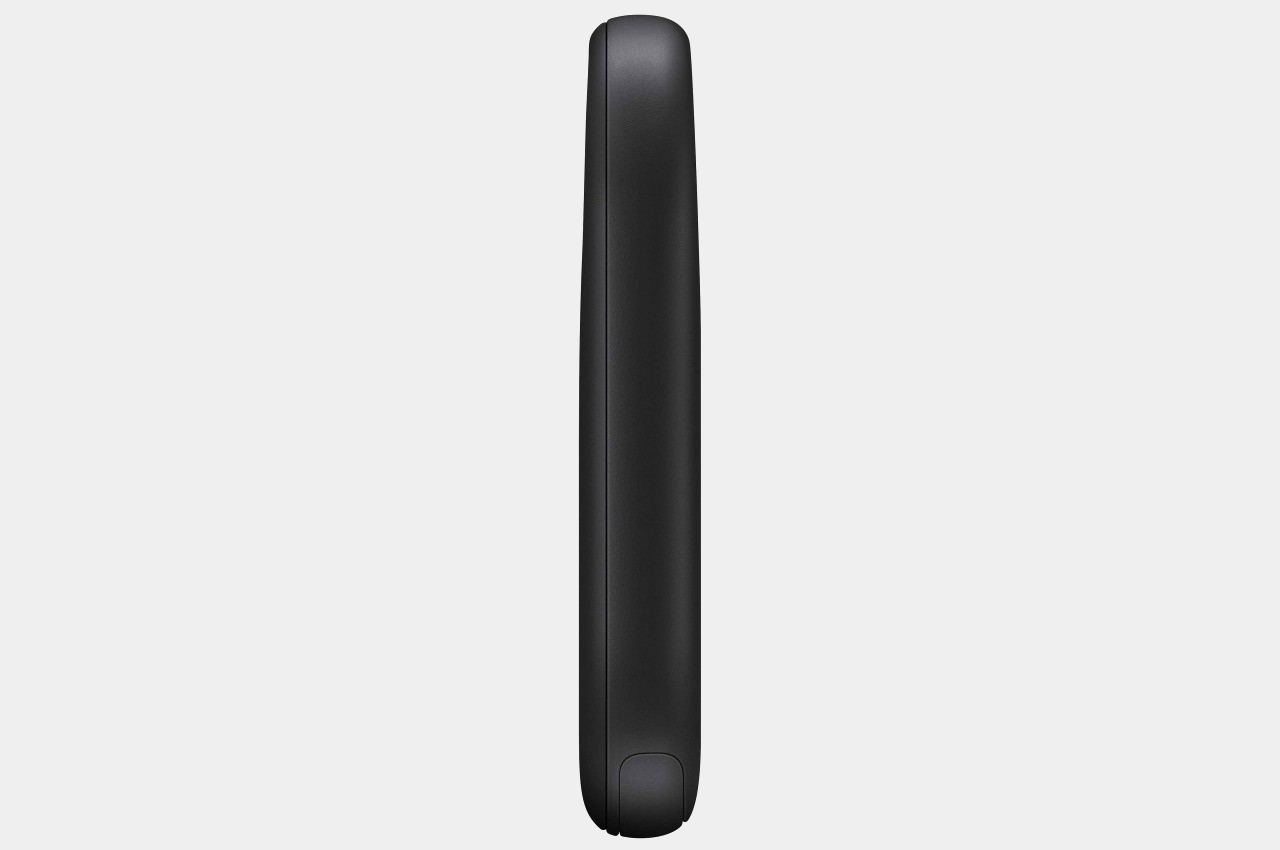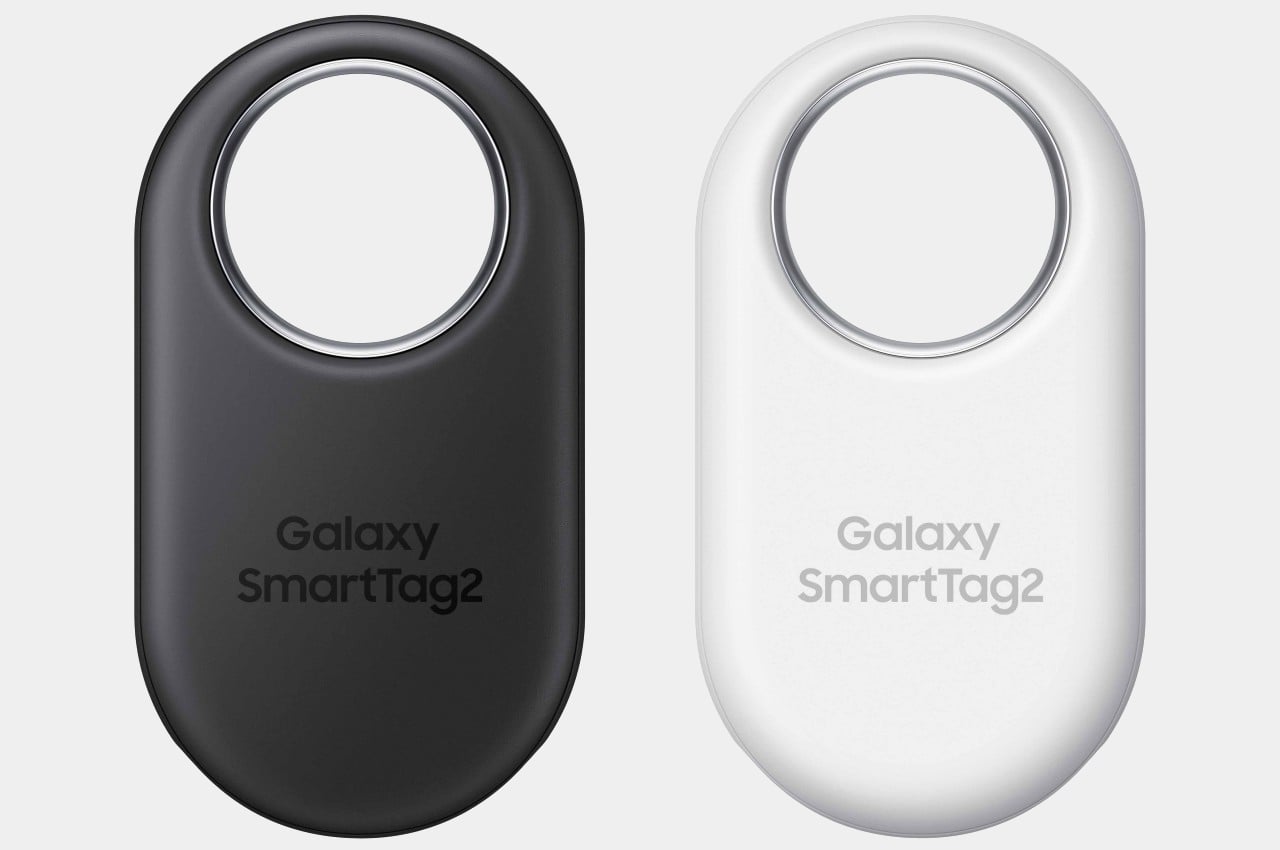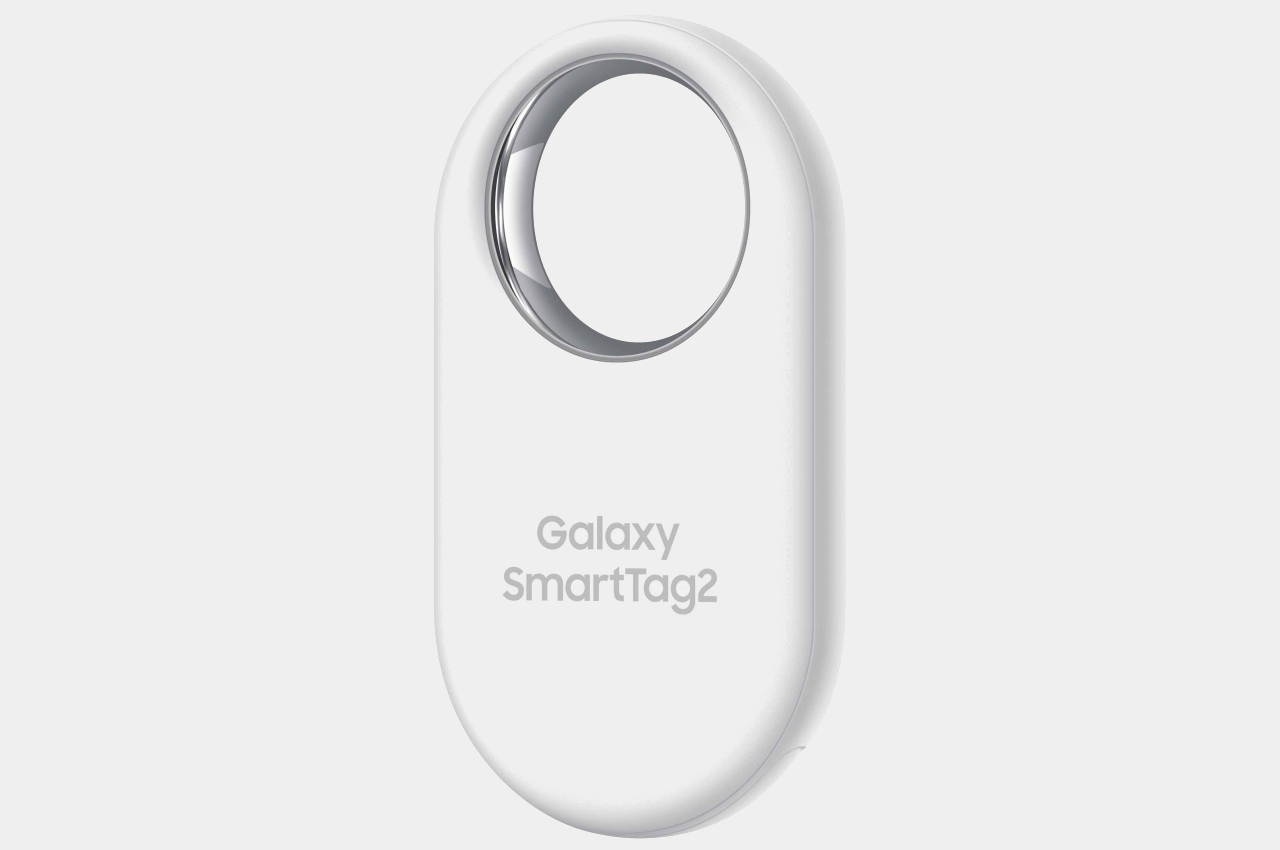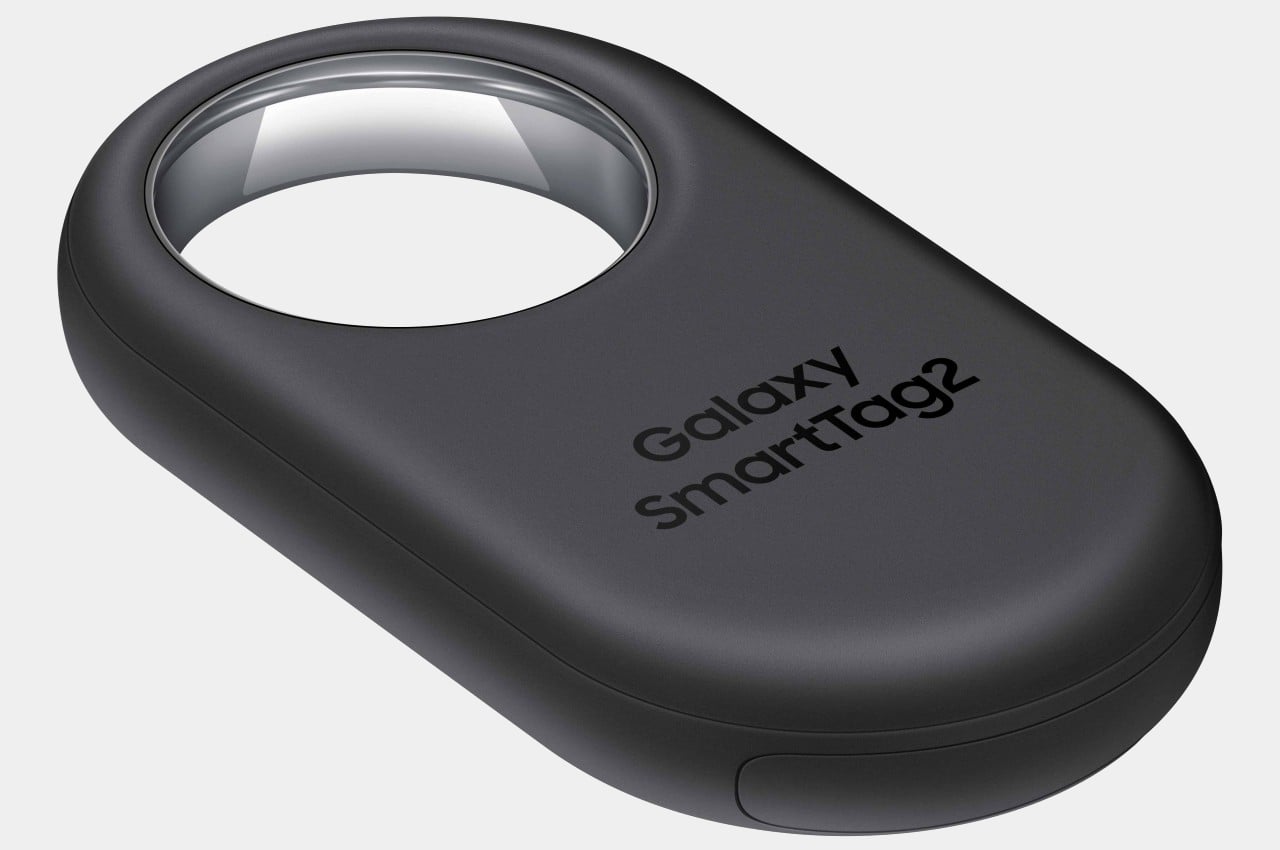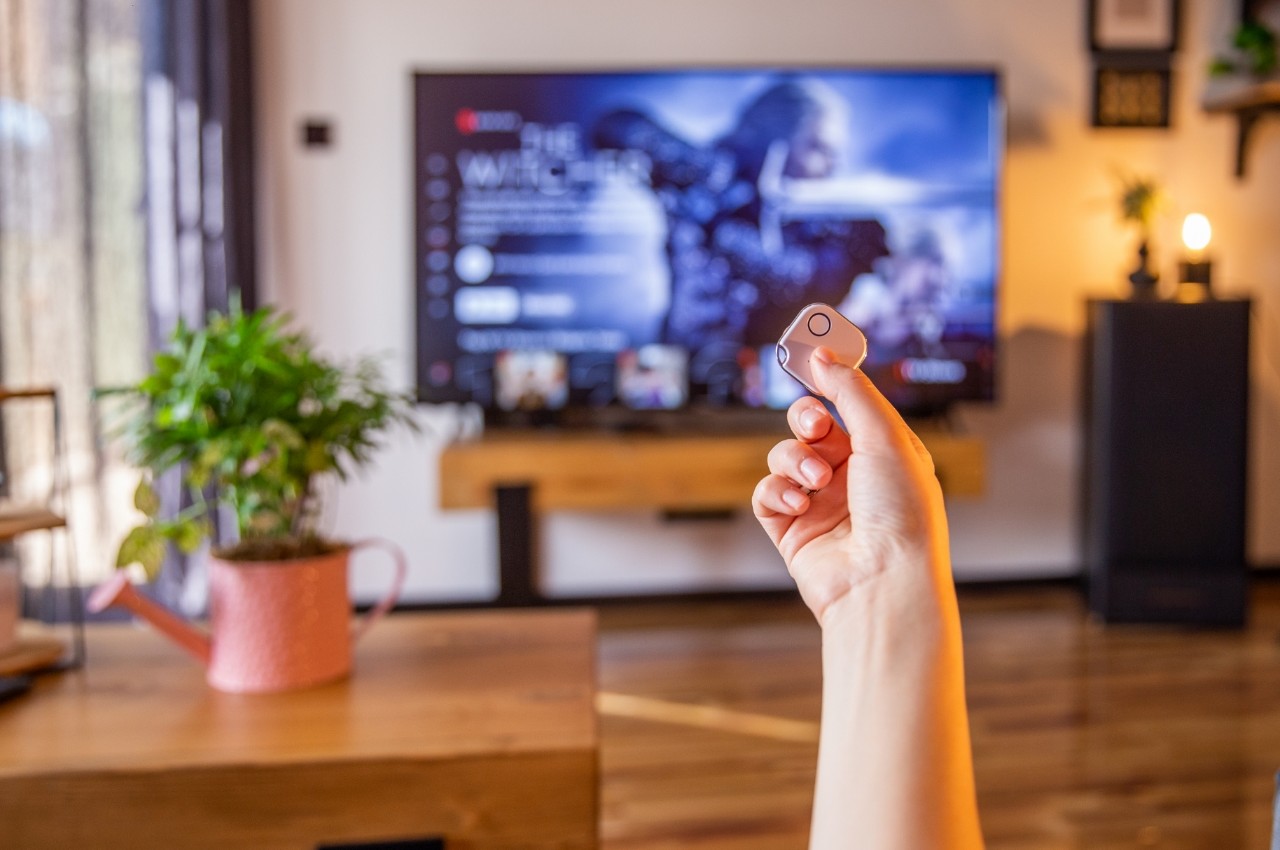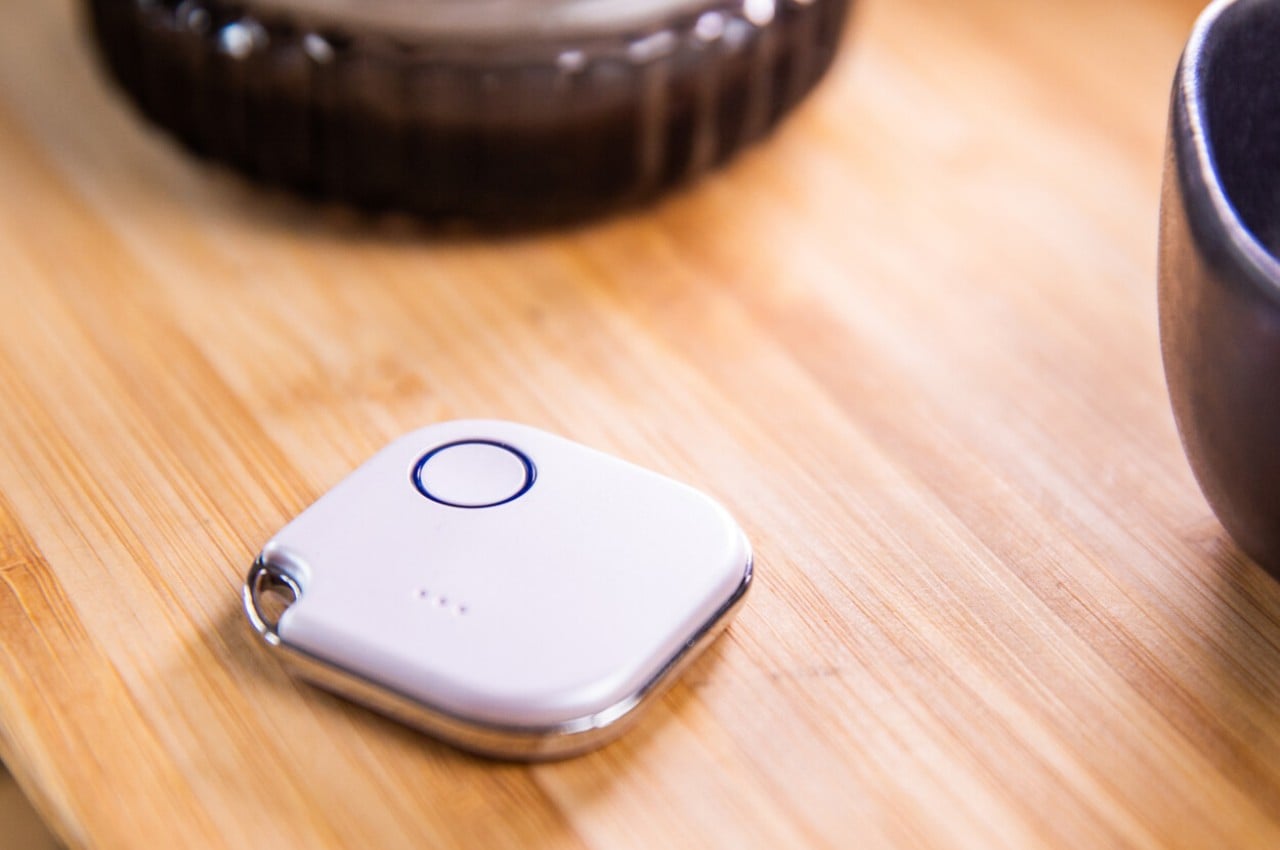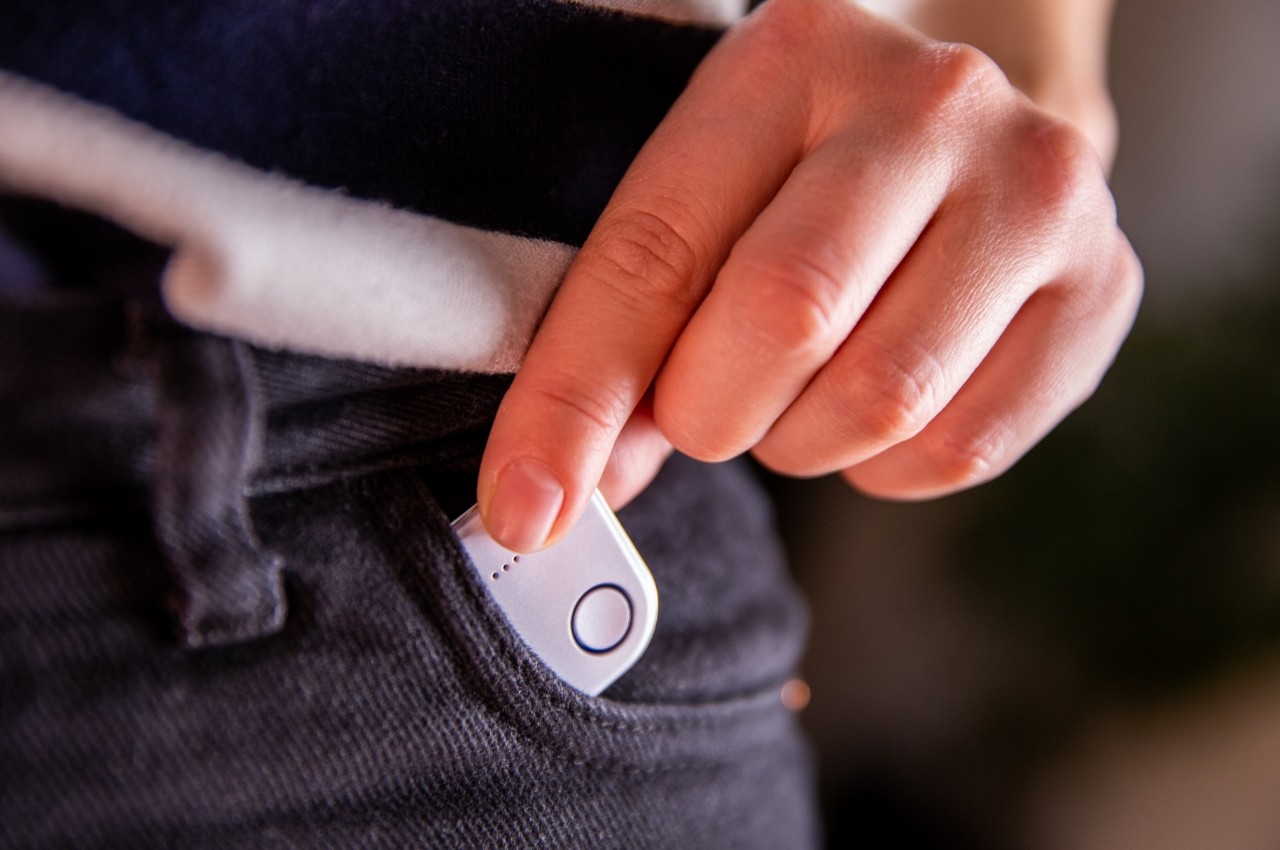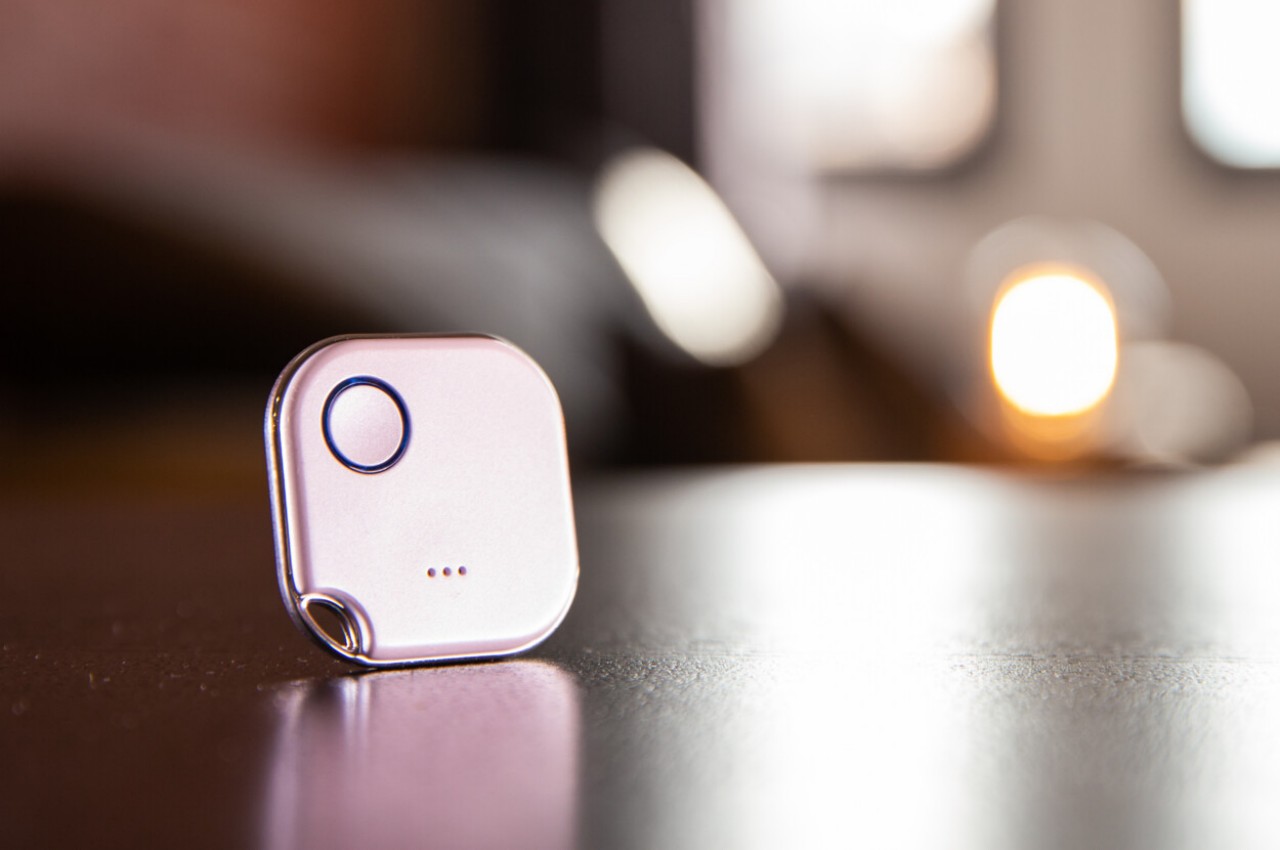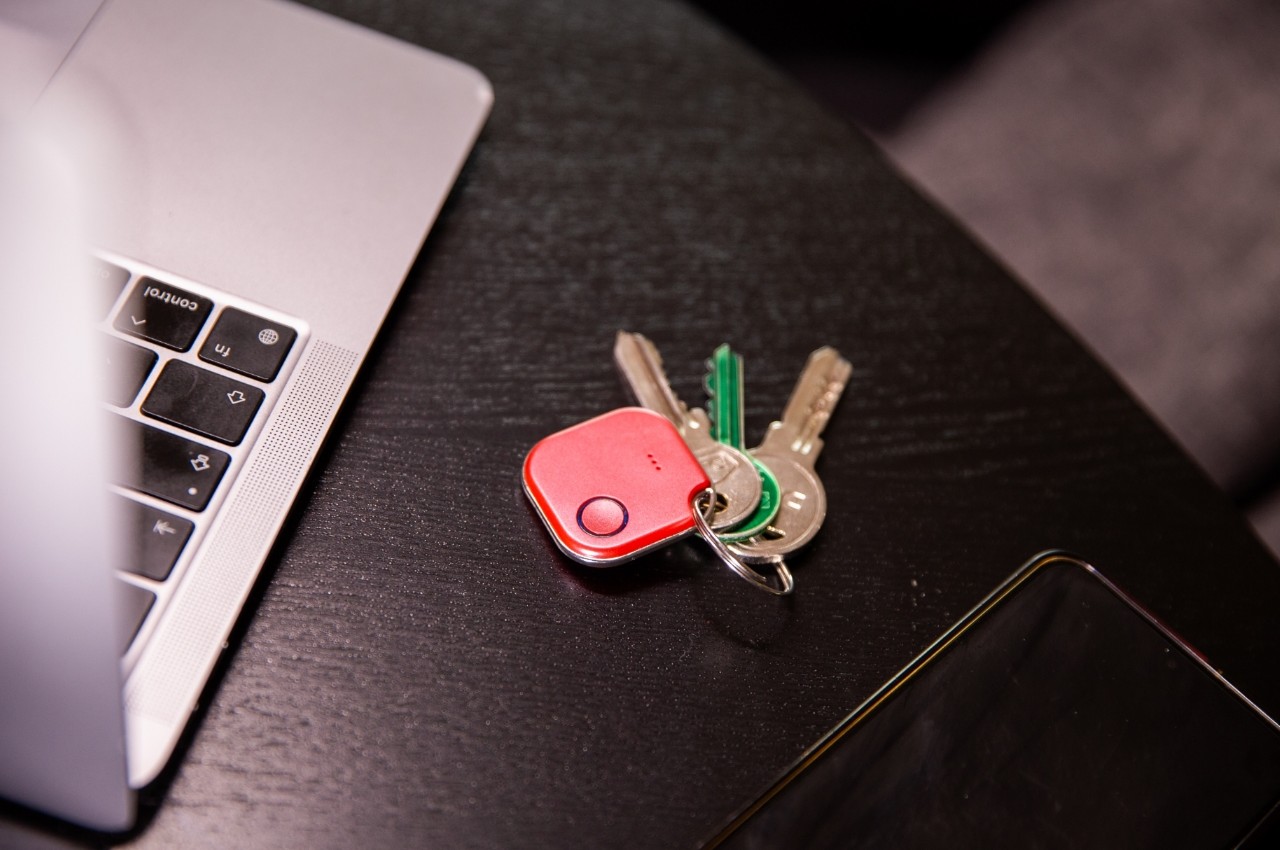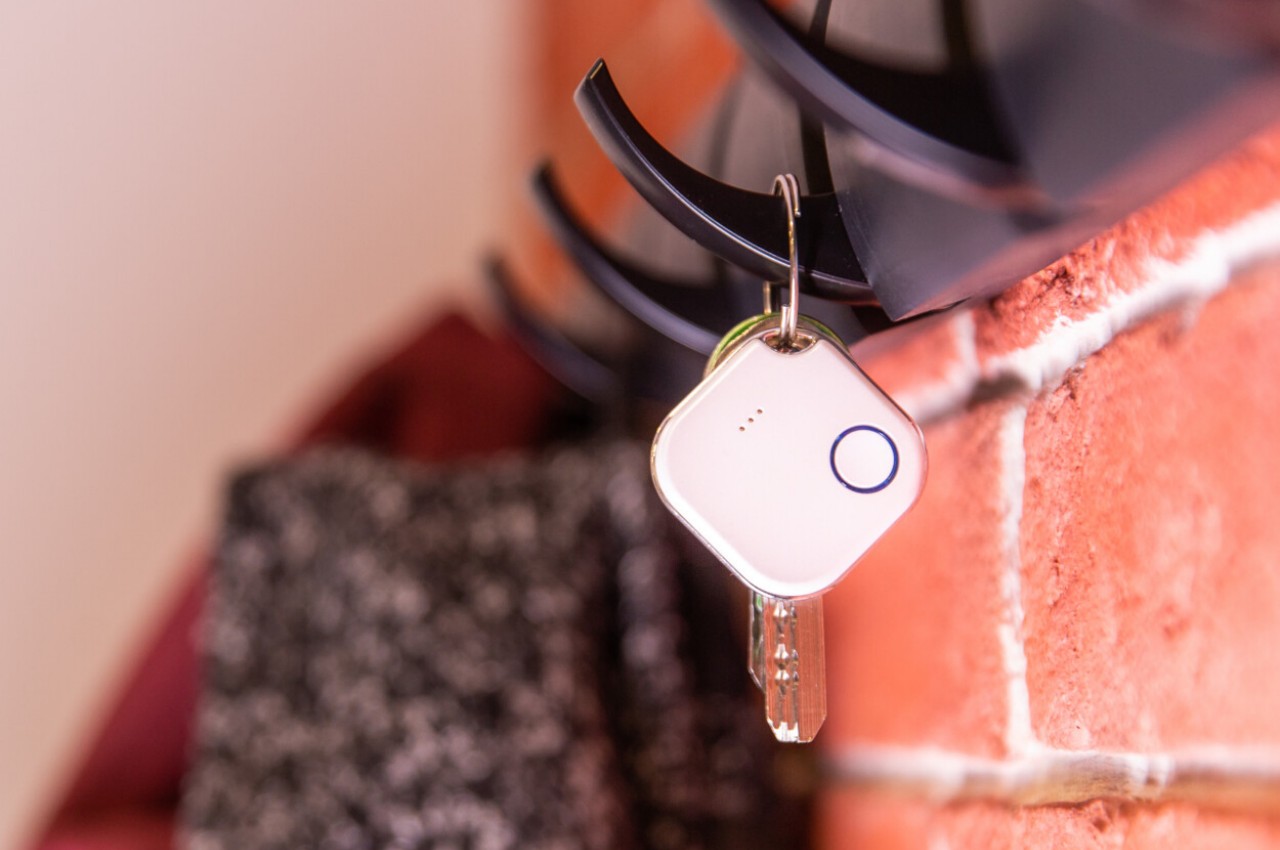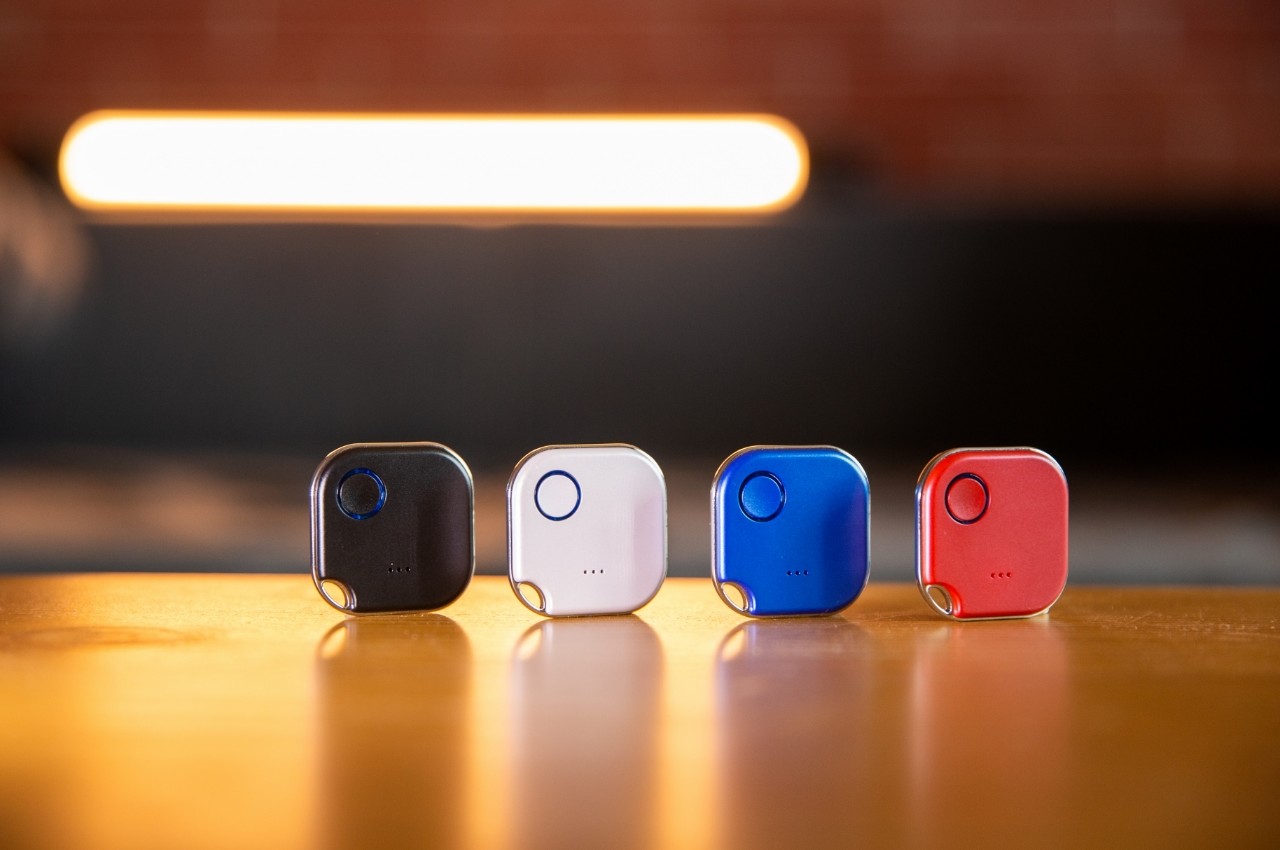Wireless connectivity has become an invisible thread woven into the fabric of our daily lives. From streaming music to our earbuds to connecting keyboards and printers, Bluetooth technology has replaced a tangle of wires with seamless, invisible magic. Sure, we all lamented the day Apple killed the headphone jack (it’s been 8 long years since that day), but try and imagine a life without Bluetooth. Wires wires everywhere, data cables to transfer files between machines, and requiring to load all your songs on USB drives to play on your car stereo or home theater. Sounds like a pretty awful life, doesn’t it?? But how exactly does this magical thing called Bluetooth work? Let’s take a closer look at the fascinating world of wireless Bluetooth communication and explore the science behind its seemingly effortless operation.
Bluetooth’s roots trace back to 1994, when Ericsson’s Jaap Haartsen aimed to create a short-range wireless connection for mobile phones, booming in popularity at the time. This technology, using low-power UHF radio waves, would eliminate the need for bulky cables. The name, inspired by 10th-century Viking king Harald Bluetooth, aimed to reflect how the technology would unite devices like those once-warring kingdoms. The Bluetooth Special Interest Group, formed in 1998 by Ericsson, IBM, Intel, Nokia, and Toshiba, ensured standardization and widespread adoption.
Bluetooth utilizes radio waves for communication, but unlike the visible light we perceive, it operates on a specific and invisible range of the electromagnetic spectrum. This range falls between 121mm and 124mm in wavelength, significantly longer than the radio waves used for Wi-Fi. This longer wavelength allows Bluetooth signals to pass through walls, making it suitable for short-range data transfer within a room or a few meters.
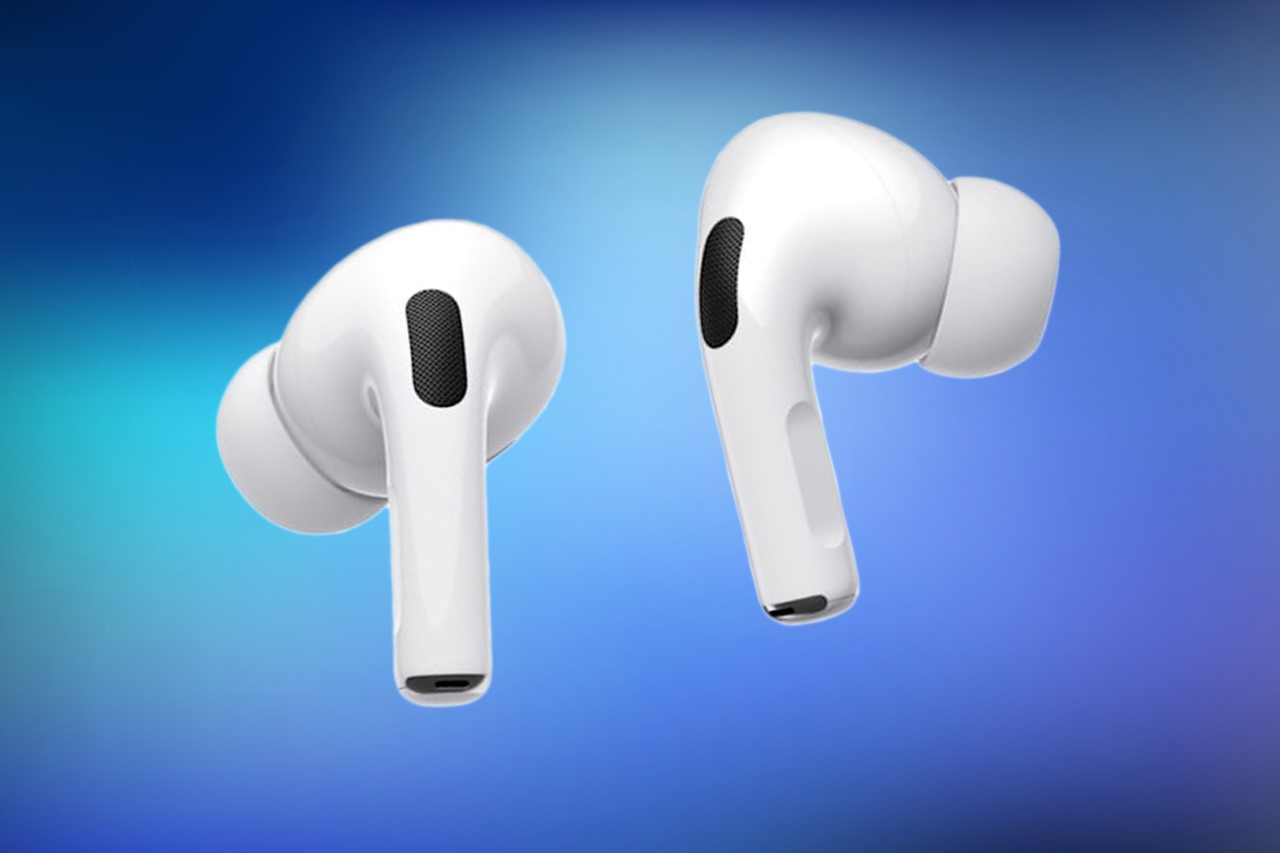
The magic of transforming these radio waves into music or data streams lies in a clever manipulation of their properties. Bluetooth transmits information by altering the radio waves themselves. To send a binary 1, the Bluetooth antenna emits a specific radio wave with a particular wavelength. Conversely, to send a 0, it transmits a different wavelength within the designated range. This seemingly simple approach allows for incredibly rapid data transmission. In fact, Bluetooth can send and receive information at a million times per second, ensuring smooth audio streaming or data transfer without any noticeable lag.
But with so many Bluetooth devices around us, how do our earbuds differentiate between our phone’s signal and everyone else’s in a crowded space? This is where Bluetooth’s genius truly shines. It doesn’t rely on a single channel for communication. Within the designated wavelength range, there are actually 79 individual channels available. To avoid interference and ensure smooth communication, Bluetooth devices constantly hop between these channels at a staggering rate of 1,600 times per second. Imagine a crowded room filled with people having multiple conversations simultaneously, each conversation happening on a different frequency – that’s the essence of how Bluetooth avoids interference and ensures clear communication even in environments saturated with Bluetooth signals.
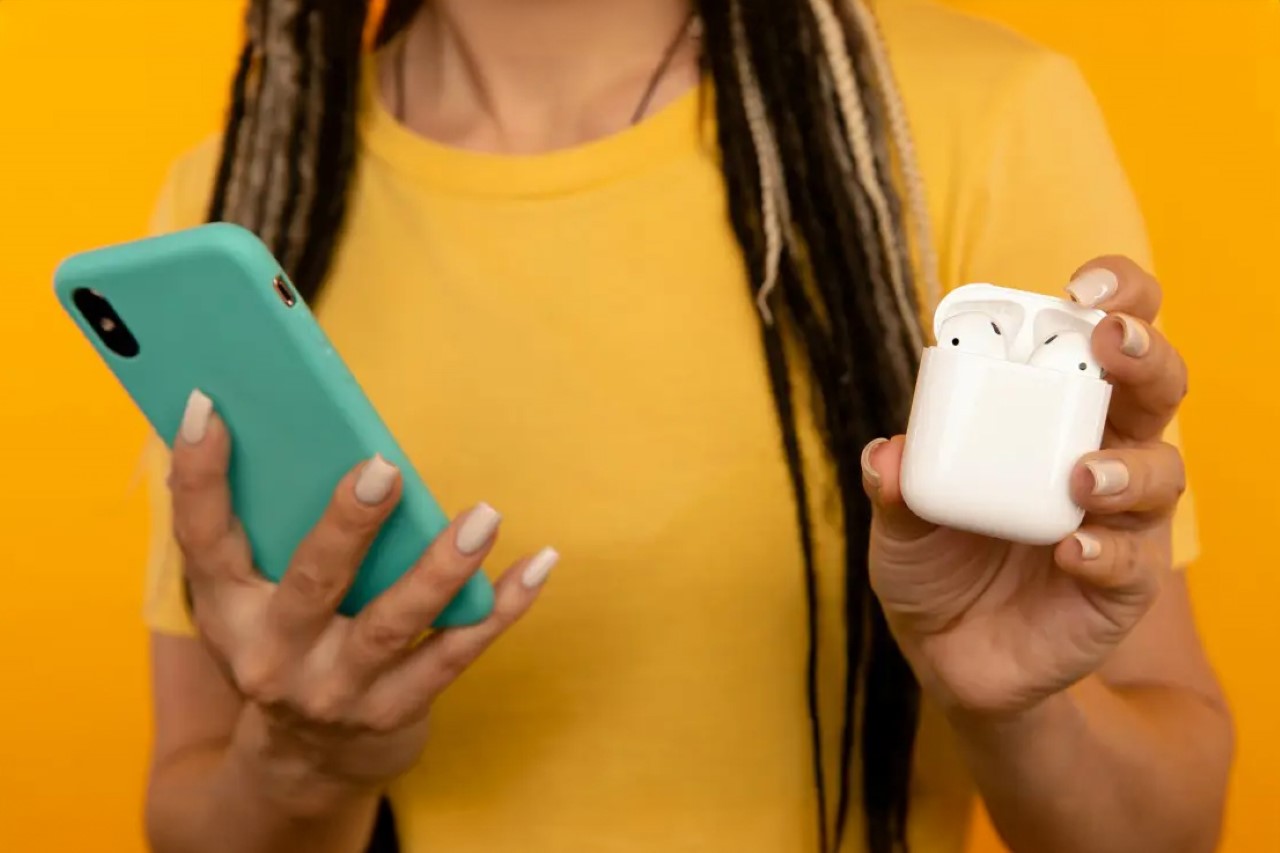
An additional layer of security is implemented through a process called pairing. When you connect your phone to your earbuds for the first time, they exchange a unique encryption key. This key acts like a secret handshake between the two devices. Only the phone’s signal with the matching encryption key can be decrypted by your earbuds. Even if someone intercepts the data stream being transmitted via Bluetooth, they wouldn’t be able to decipher it without the specific key, protecting the privacy of your communication.
But what if multiple devices in close proximity try to use the same channel at the same time? This is where Bluetooth prioritizes established connections. Your earbuds will recognize your phone’s unique encryption key and prioritize its signal, effectively filtering out unwanted audio or data from nearby devices attempting to connect. This ensures a clear and uninterrupted connection, even in crowded environments.

Beyond music streaming and connecting peripherals, Bluetooth continues to evolve and expand its capabilities. Bluetooth Low Energy (BLE) is a newer iteration of the technology specifically designed for internet-of-things (IoT) applications. BLE offers lower power consumption compared to traditional Bluetooth, making it ideal for battery-powered devices like smartwatches and fitness trackers. Additionally, advancements in Bluetooth technology have led to the development of Bluetooth mesh networks, which enable a network of devices to communicate with each other, opening doors for innovative applications in smart homes and industrial automation.
So next time you lose yourself in music with your wireless earbuds, take a moment to appreciate the invisible symphony of radio waves, hopping frequencies, and clever encryption that keeps the magic of Bluetooth alive. It’s truly a marvel of science and a major pat on the back for the engineers who have harnessed the invisible forces of the electromagnetic spectrum and transformed them into a ubiquitous technology that shapes the way we interact with our devices and the world around us. After all, we wouldn’t want to be stuck in the dark ages of the 2000s with infrared-based data-transfer capabilities… do you remember those times?!
The post How Bluetooth Works: Exploring the Invisible Symphony of Wireless Communication first appeared on Yanko Design.
